Chainmail-Inspired Pencil Case: Craft Your Own With 3D Printing
by Lina Maria in Workshop > 3D Printing
4072 Views, 73 Favorites, 0 Comments
Chainmail-Inspired Pencil Case: Craft Your Own With 3D Printing
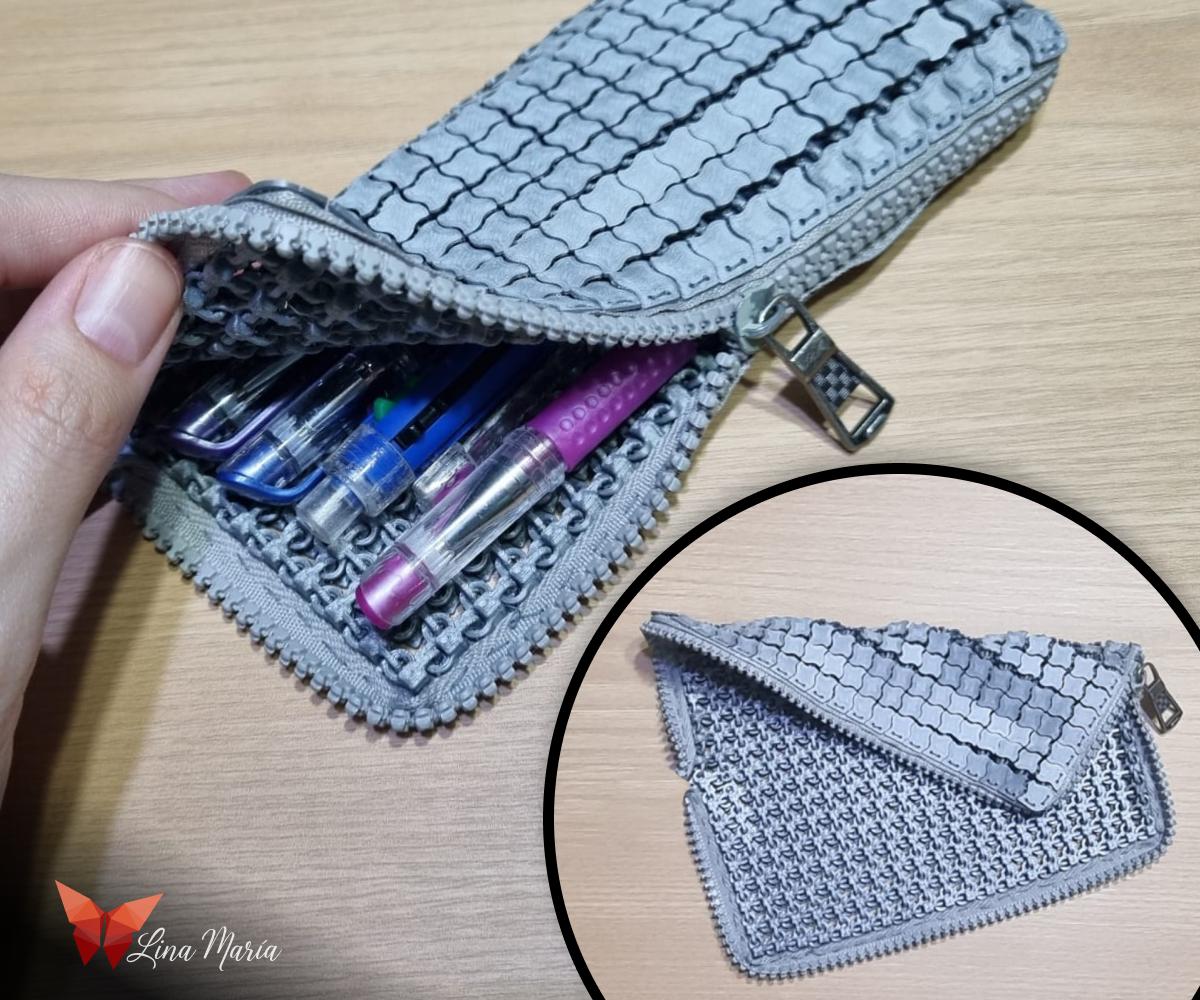
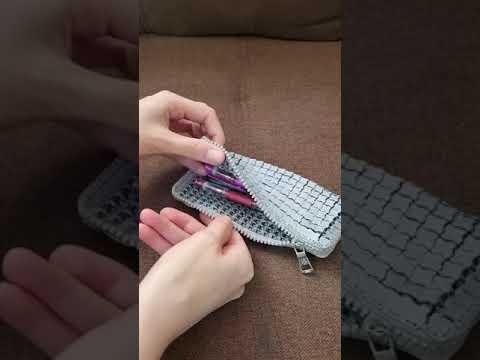
I’ve always loved 3D printing, and I’ve recently been captivated by the trend of 3D-printed "fabric" designs, (or maybe a better name for them is chainmail). Though I wasn’t entirely confident about trying these intricate patterns, the latest patterns contest finally inspired me to dive in. So, in this tutorial, I’ll walk you through the step-by-step process I followed to create my own chainmail pencil case. I hope you enjoy this Instructable!
Supplies
- 3D model software (I used autodesk inventor)
- 3D printer and filament
- Zipper
- Needle and thread
Understanding the Modules and the Pattern
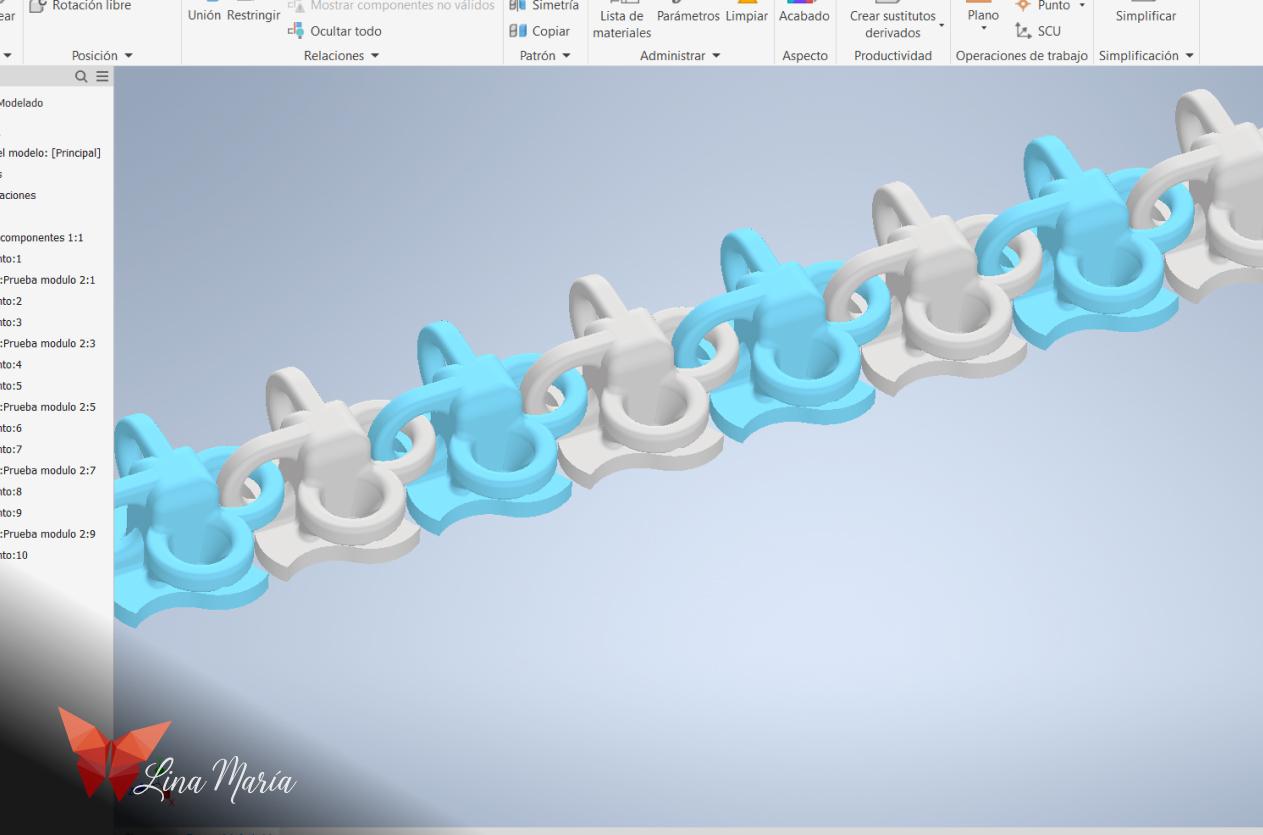
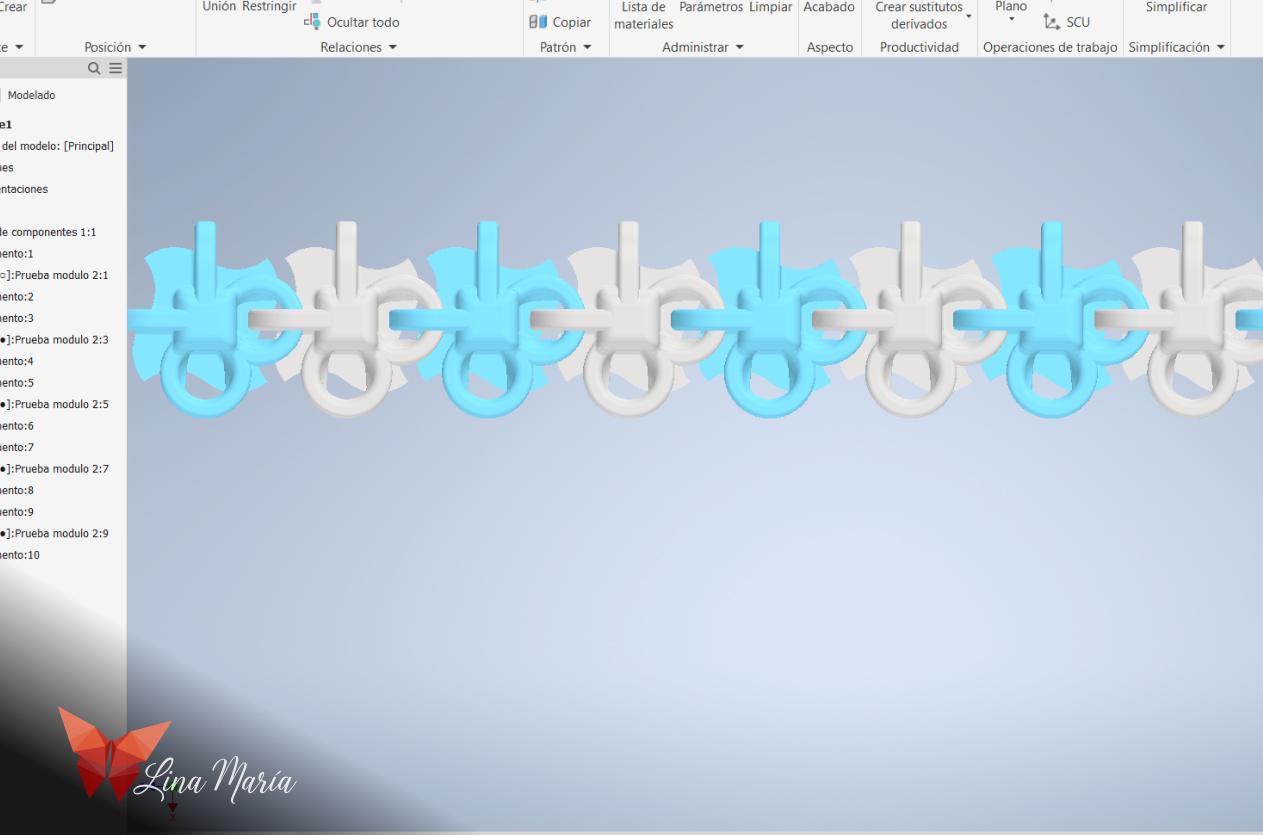
The first step was to understand how patterns work to create this type of chainmail in 3D printing. I noticed there are several existing designs (and I imagine many more could be invented), but since this was my first attempt, I decided to go with one of the simplest options, which involves creating chains, as shown in the image.
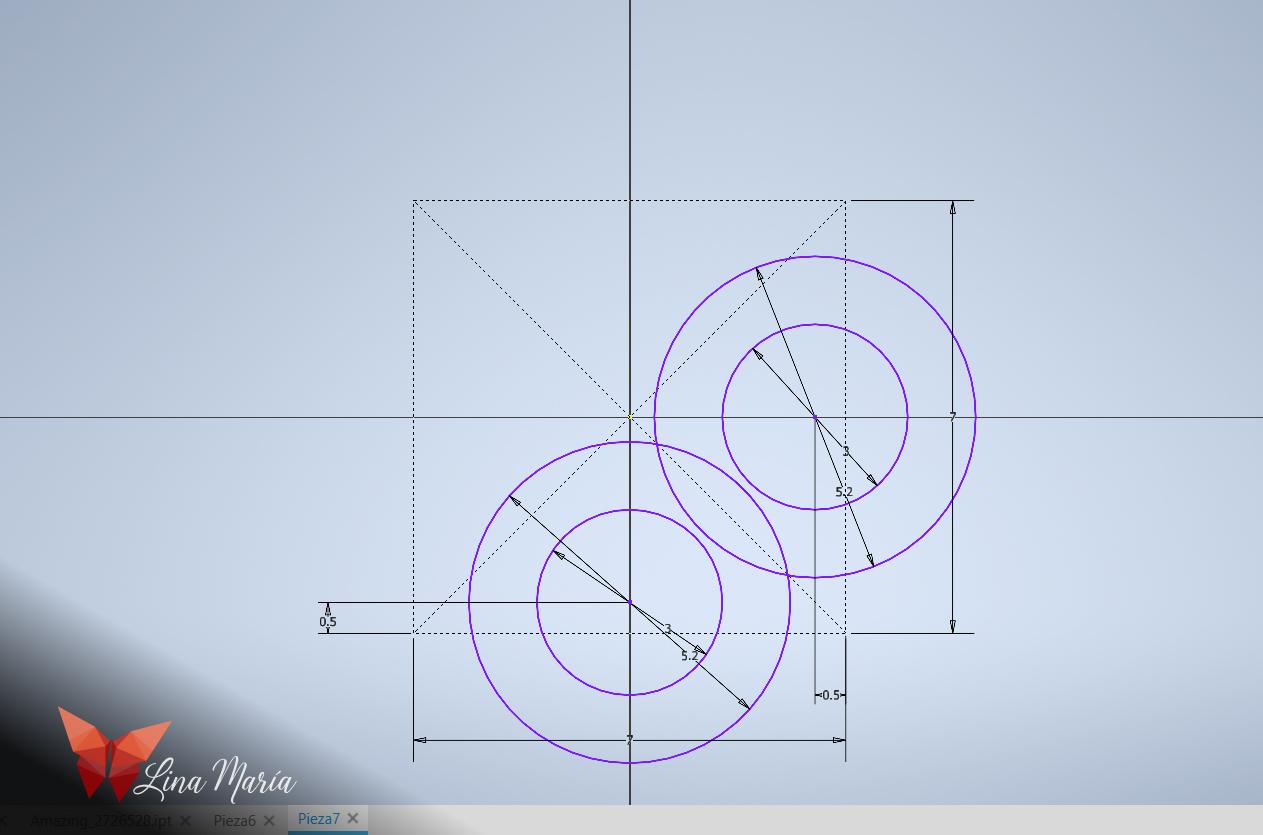
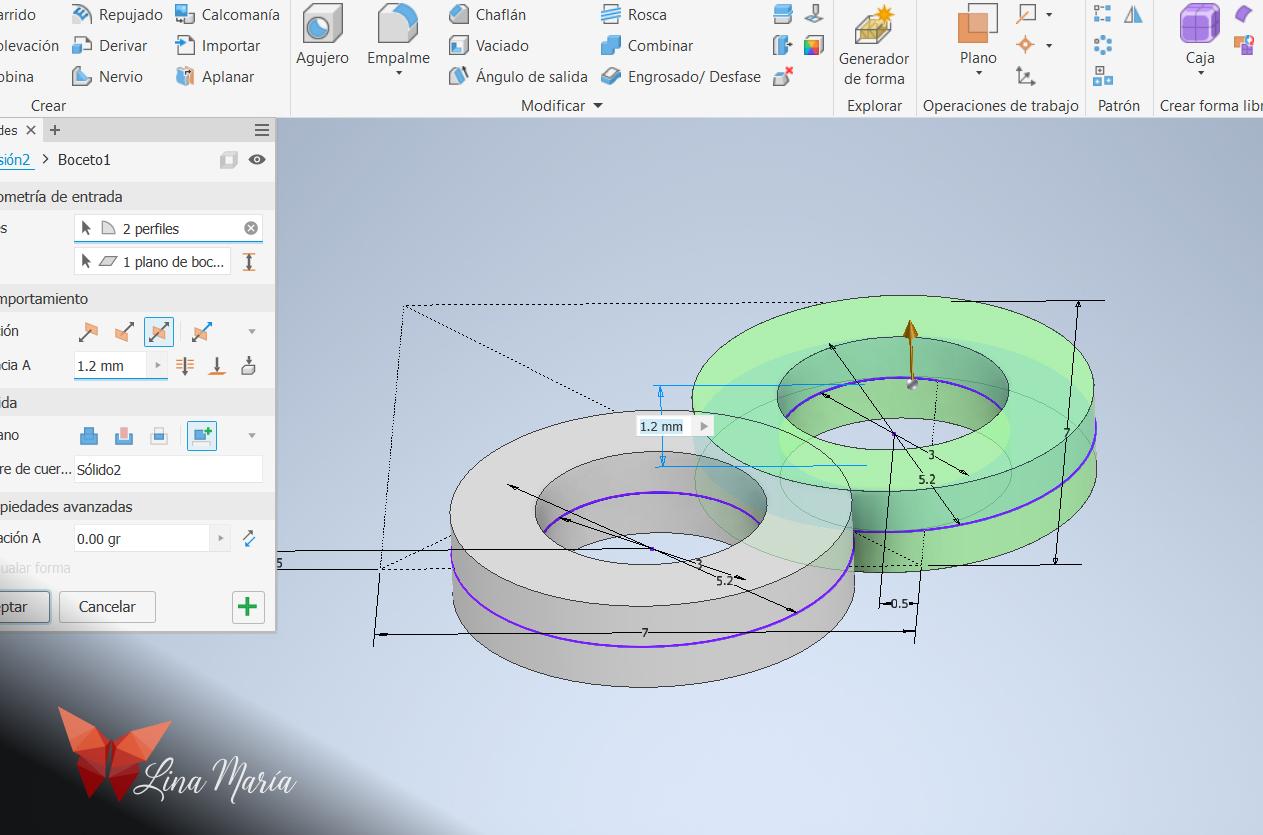
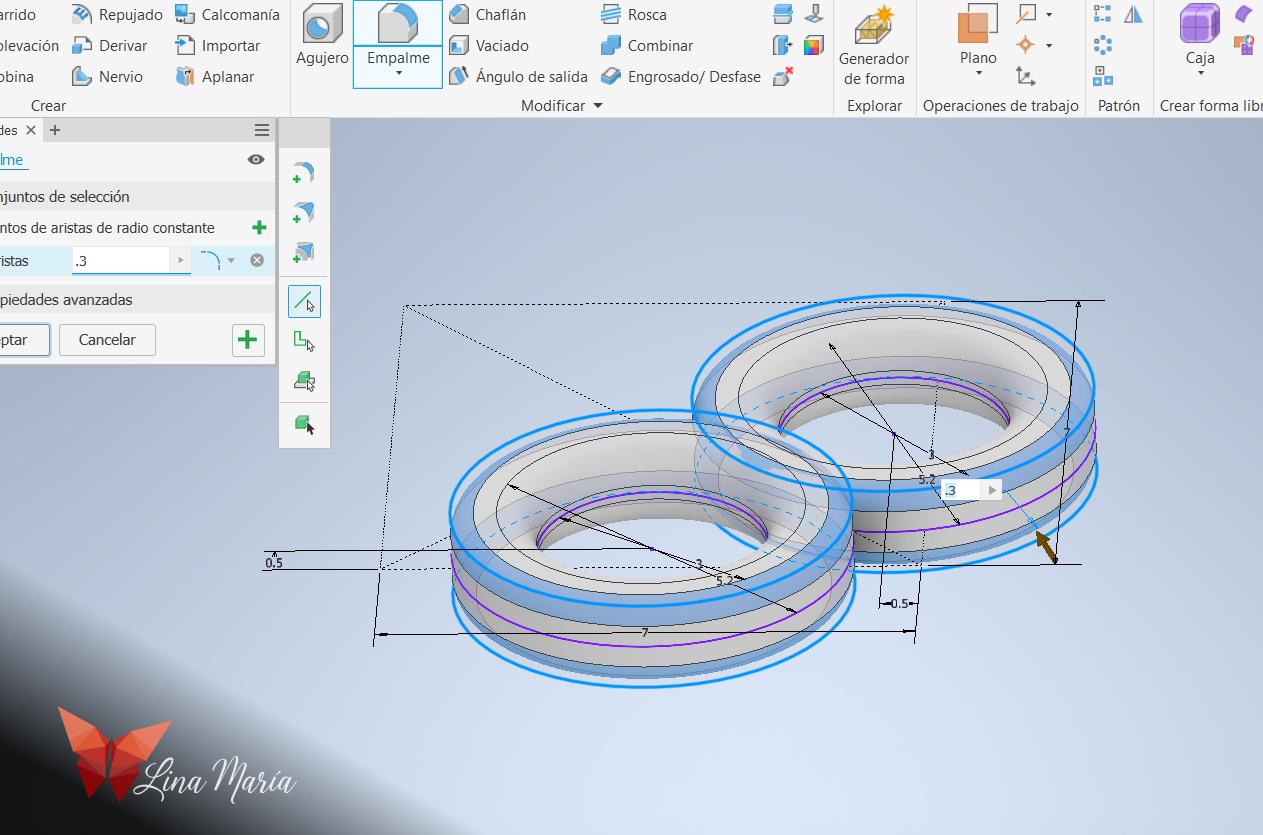
The second step was to model the two rings positioned horizontally.
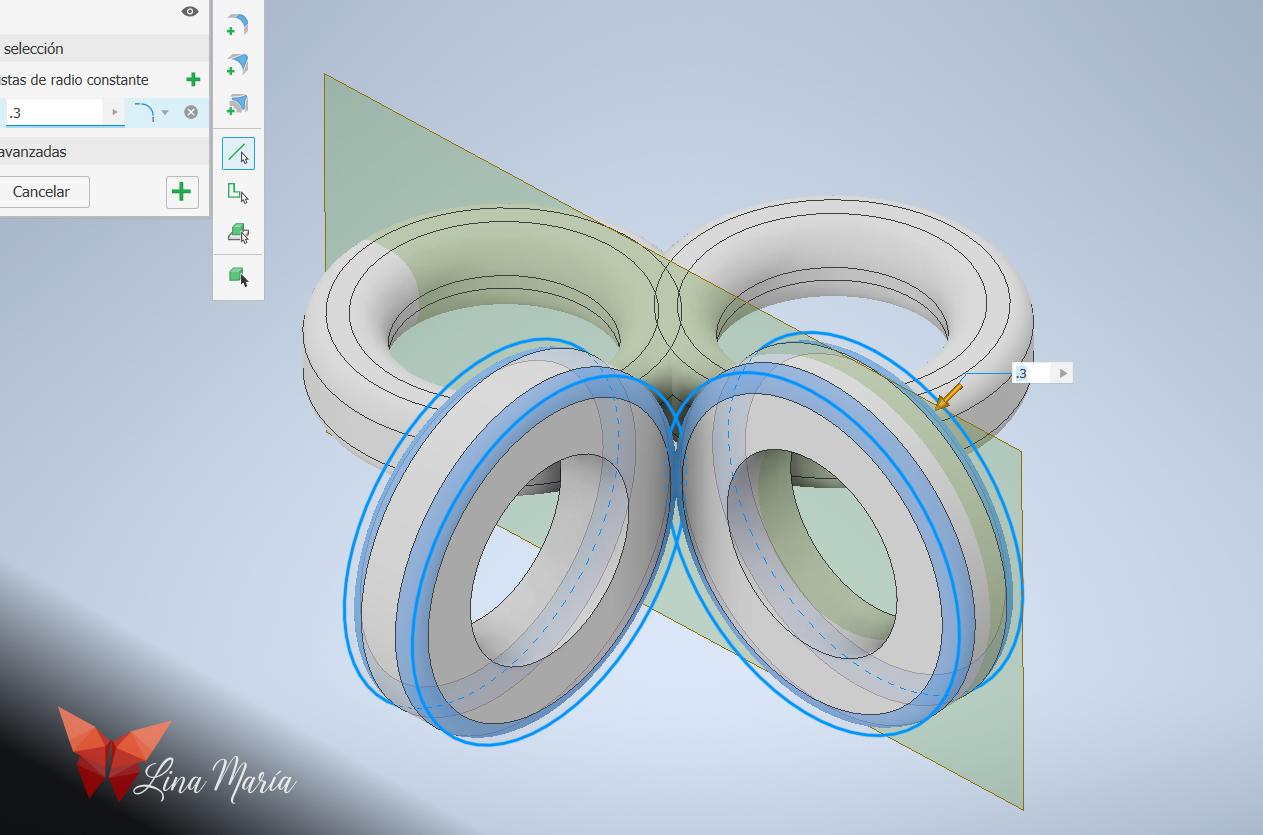
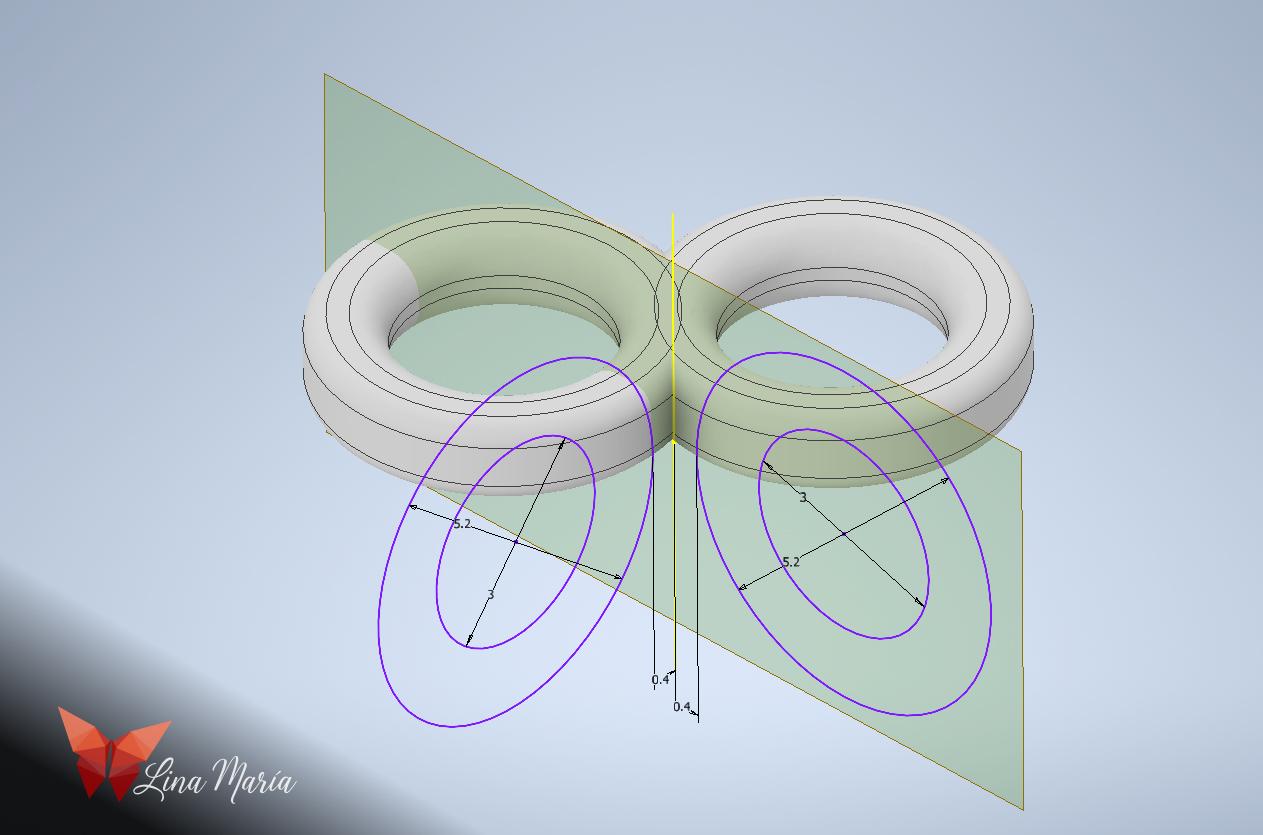
Then, the two rings that will be positioned vertically.
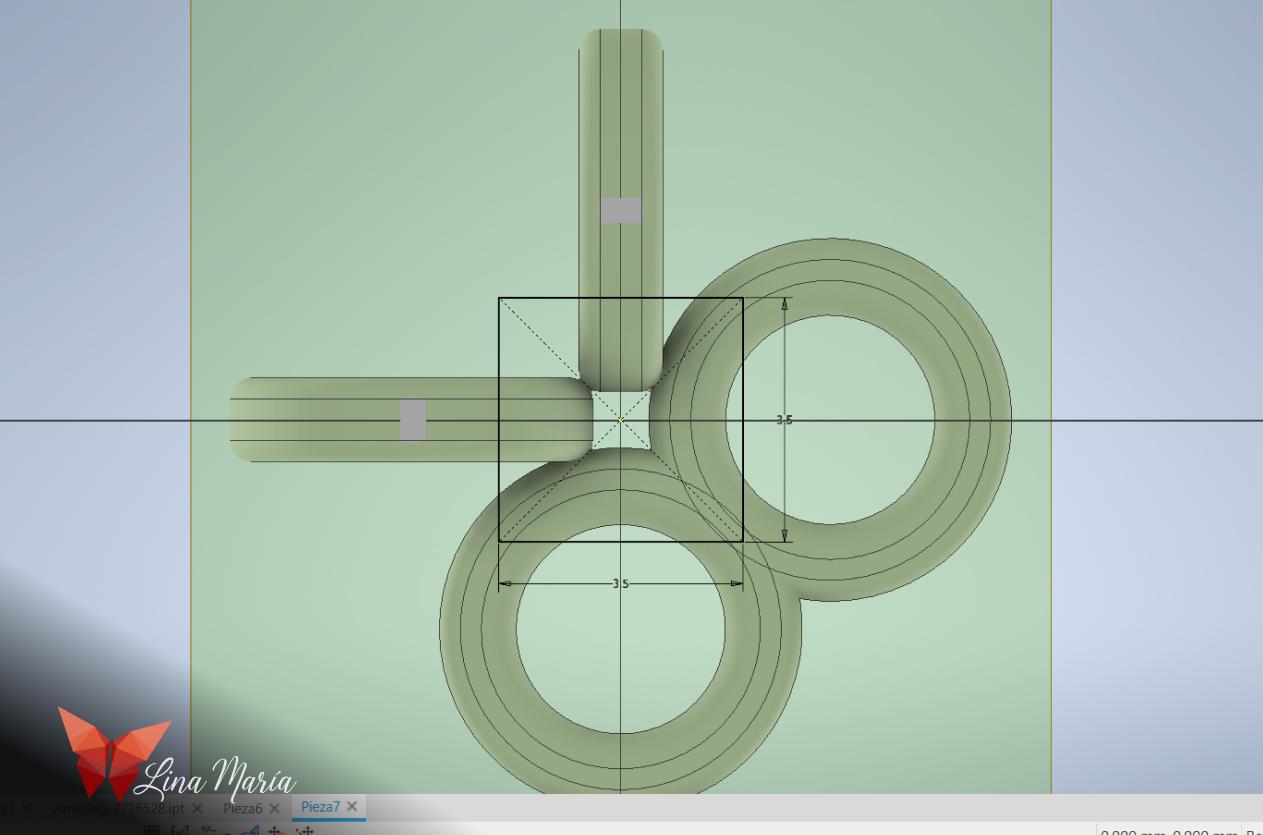
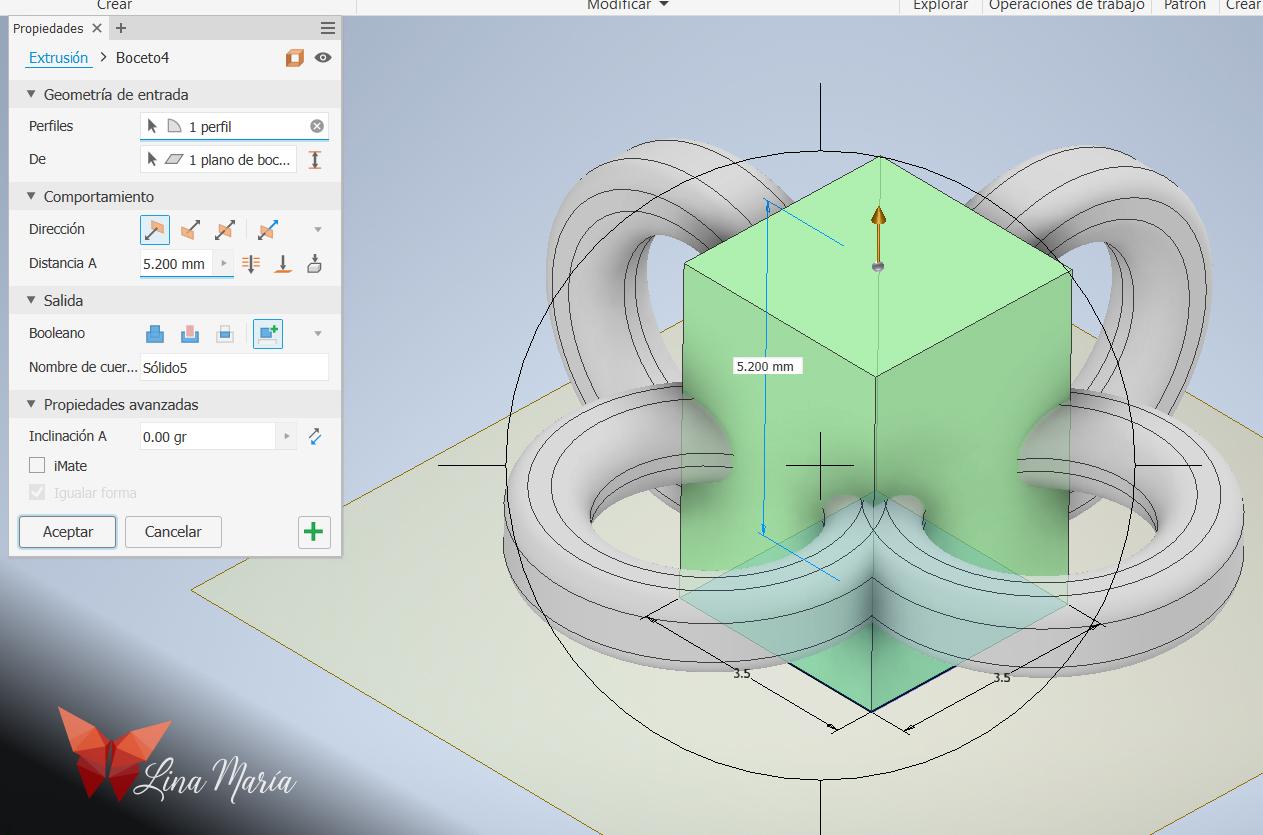
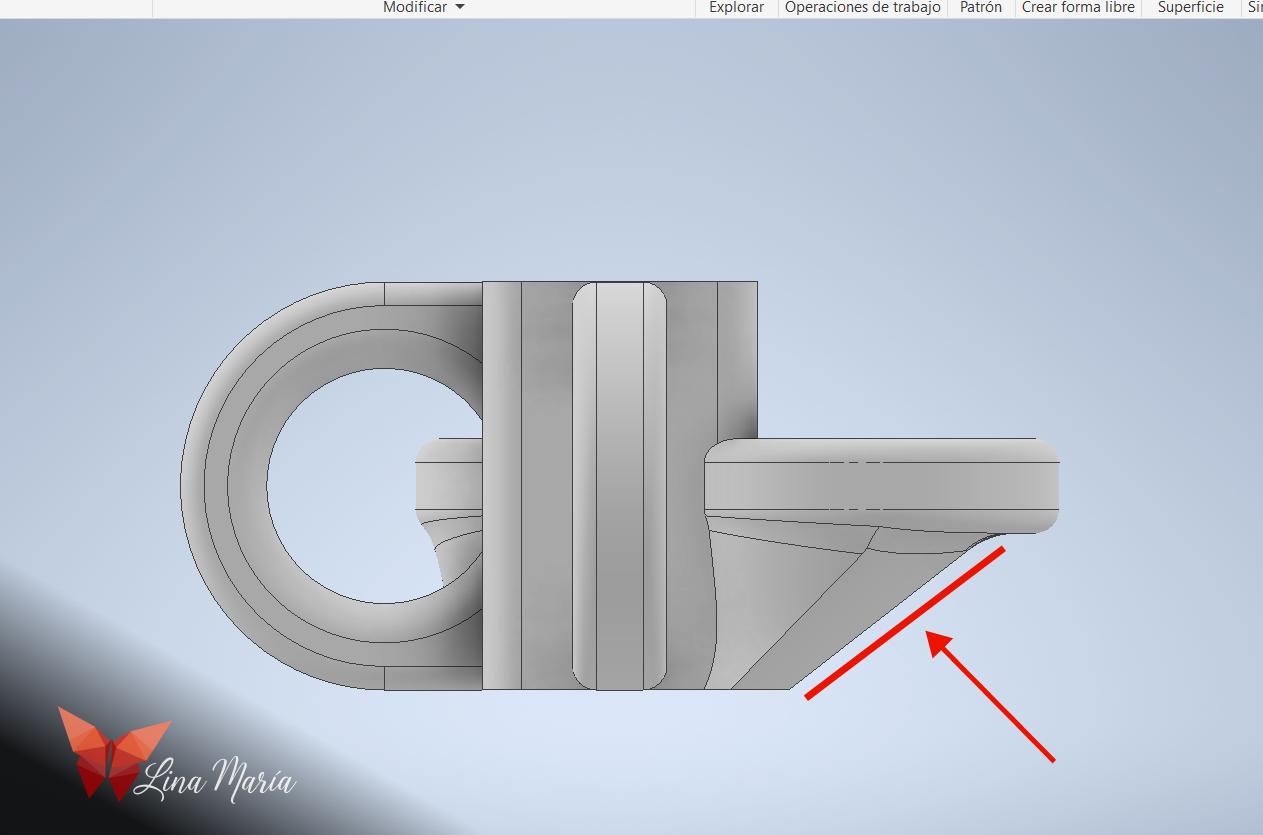
In this step, I drew a square and then extruded it from the center so that the four rings would be connected. Additionally, I added slight angles to the horizontal rings to prevent support material from being generated during printing.
Tessellation
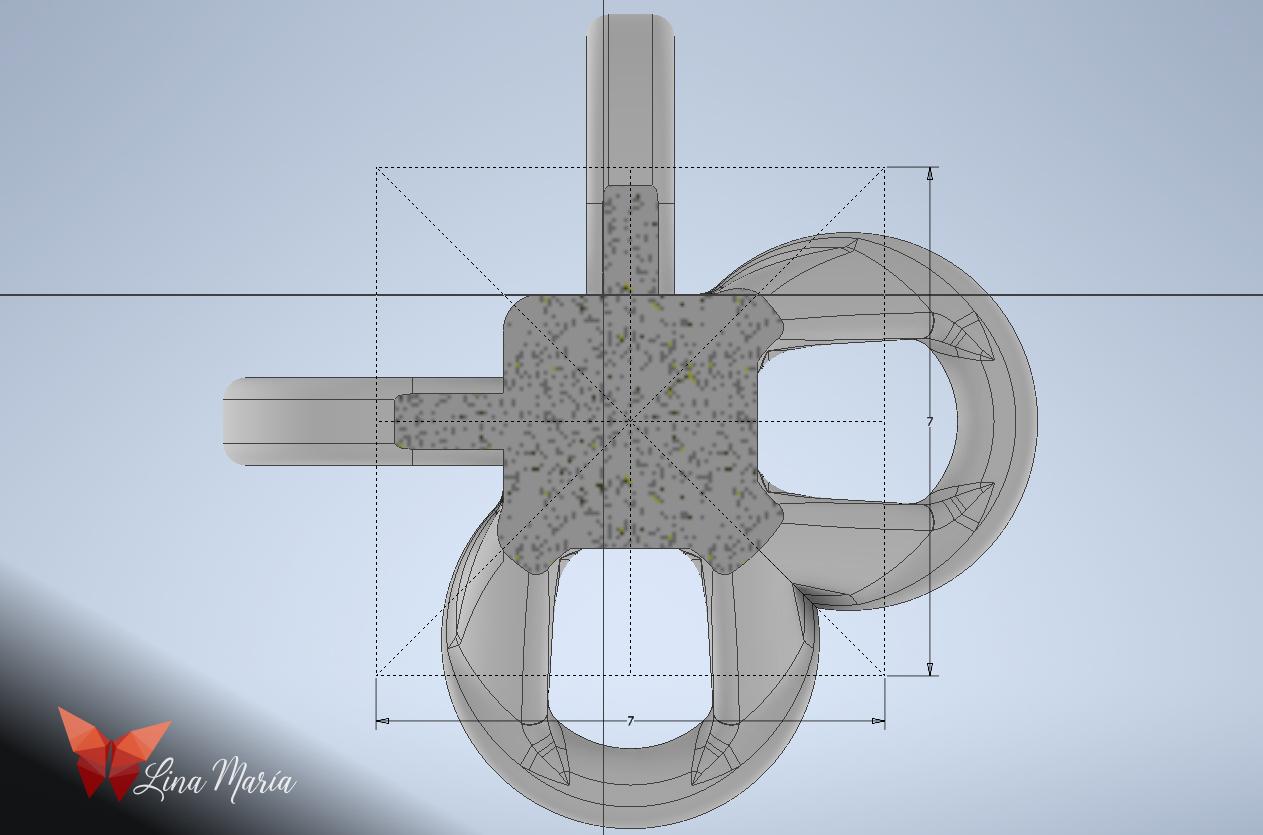

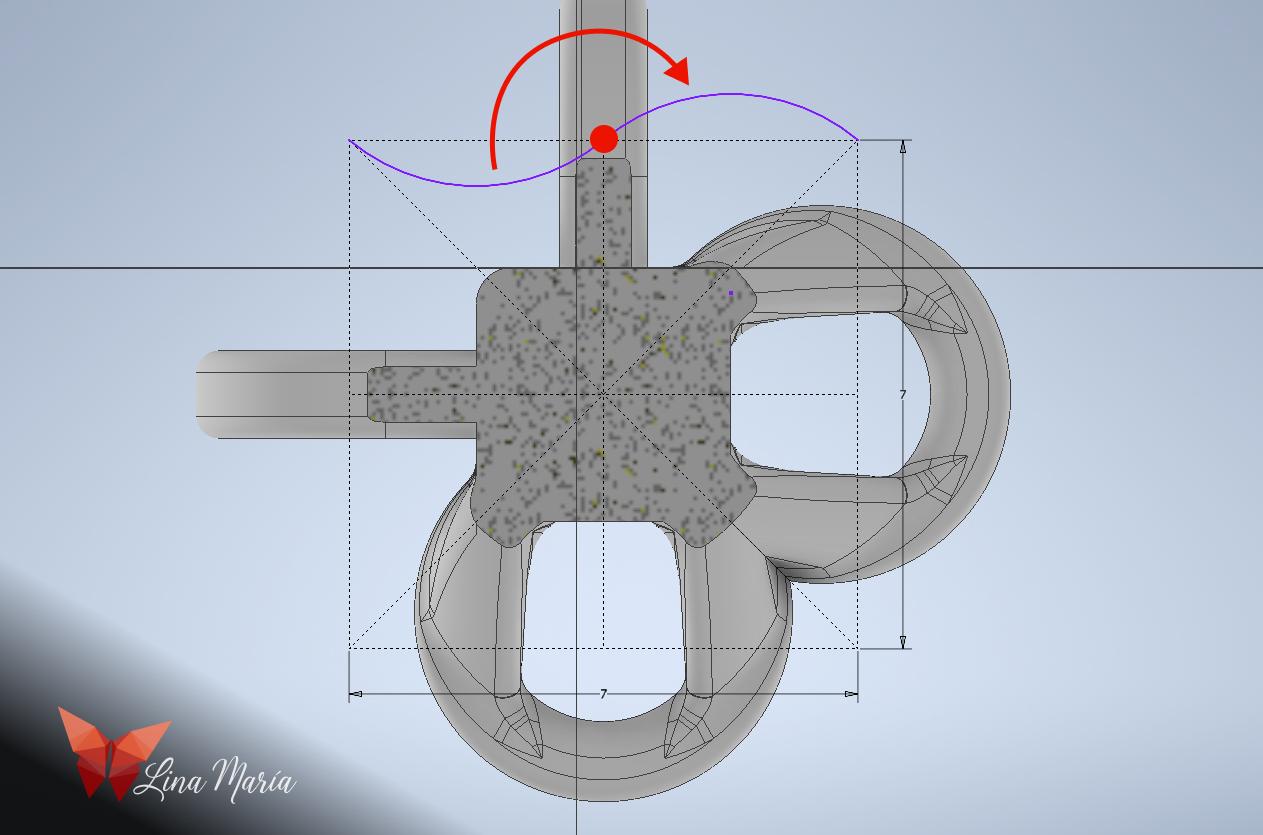
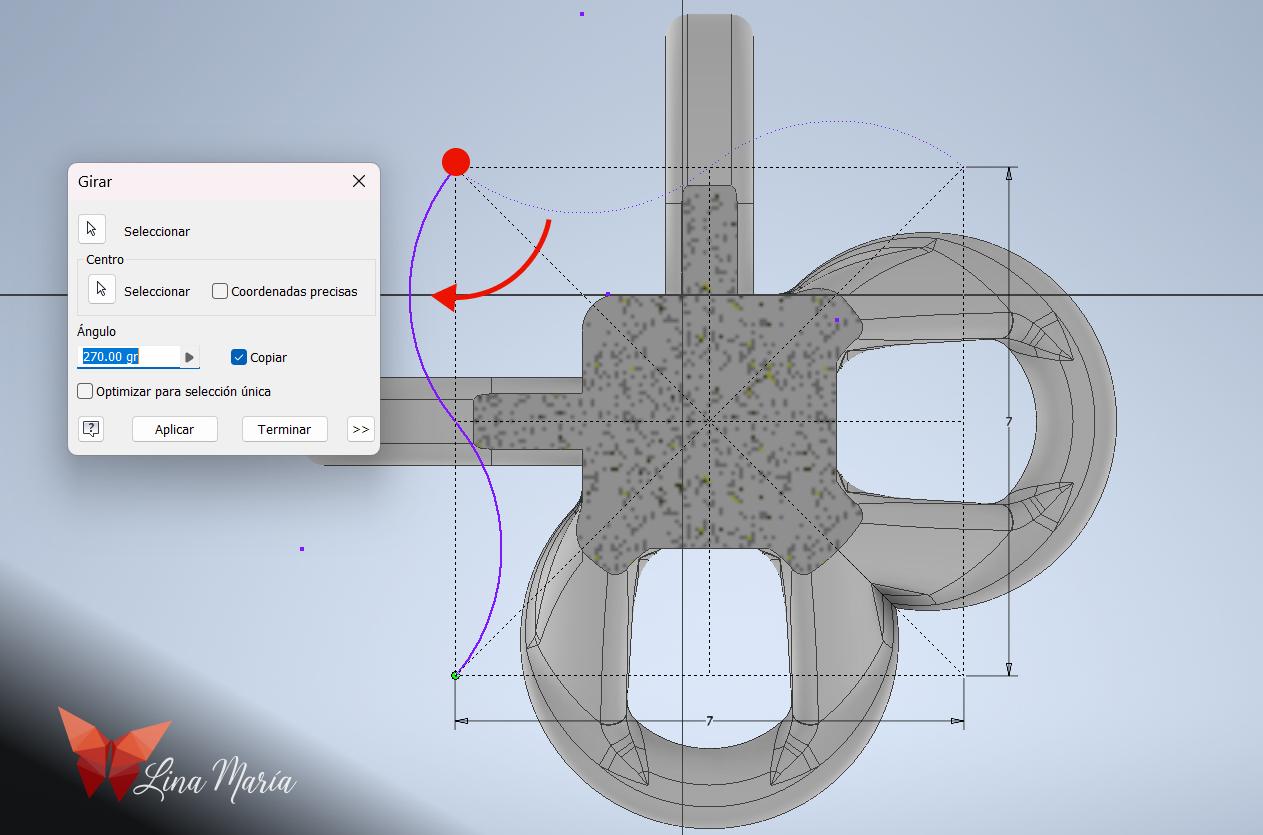
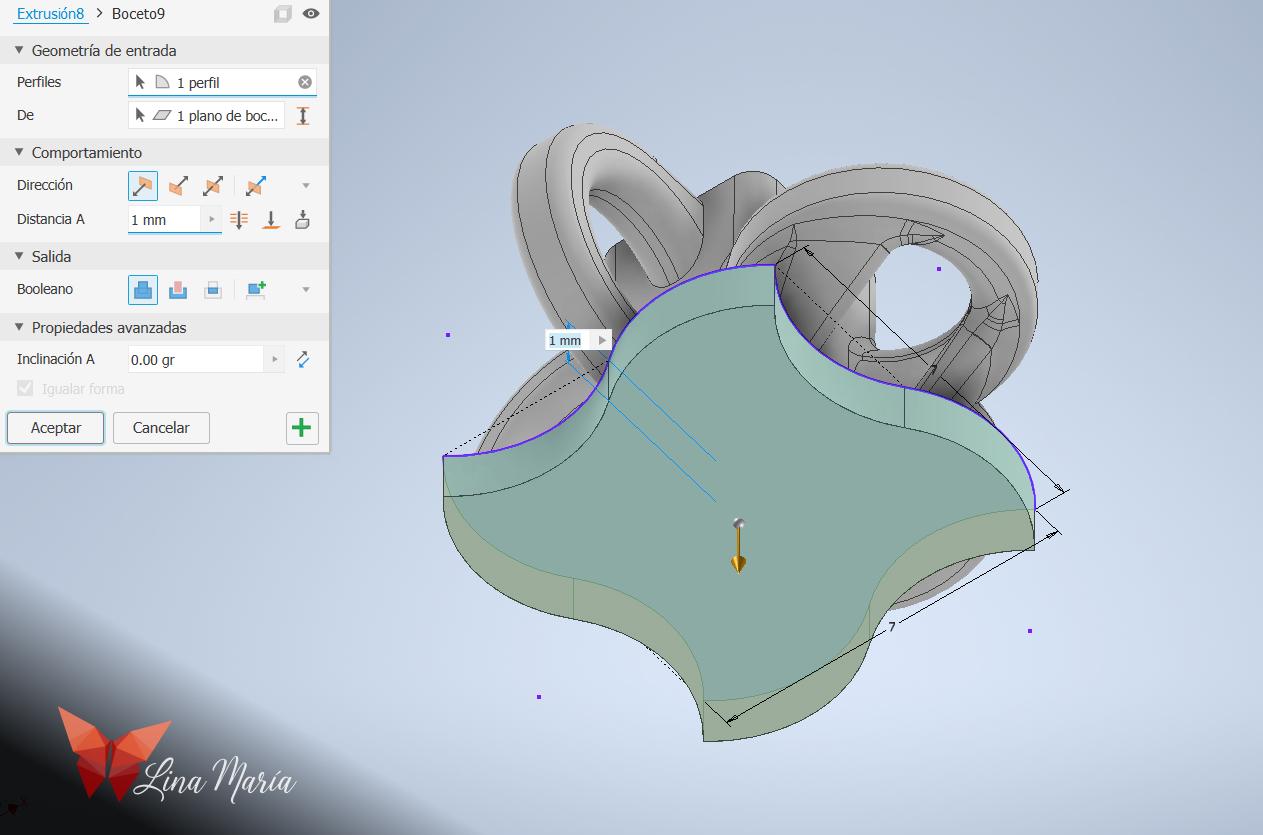
For the outer part of the chainmail, I wanted to create a very simple tessellation. (I decided it to be simple since this is my first time doing this type of print, maybe in the future I’ll experiment more with the shapes.)
To do this, I first drew a guide square, and on one of its sides, I drew a curve that reached only halfway along the line. Then, I created a copy by rotating the curve 180 degrees. After that, I copied those two curves onto the other three sides of the square using 90° rotations. Finally, I extruded it.
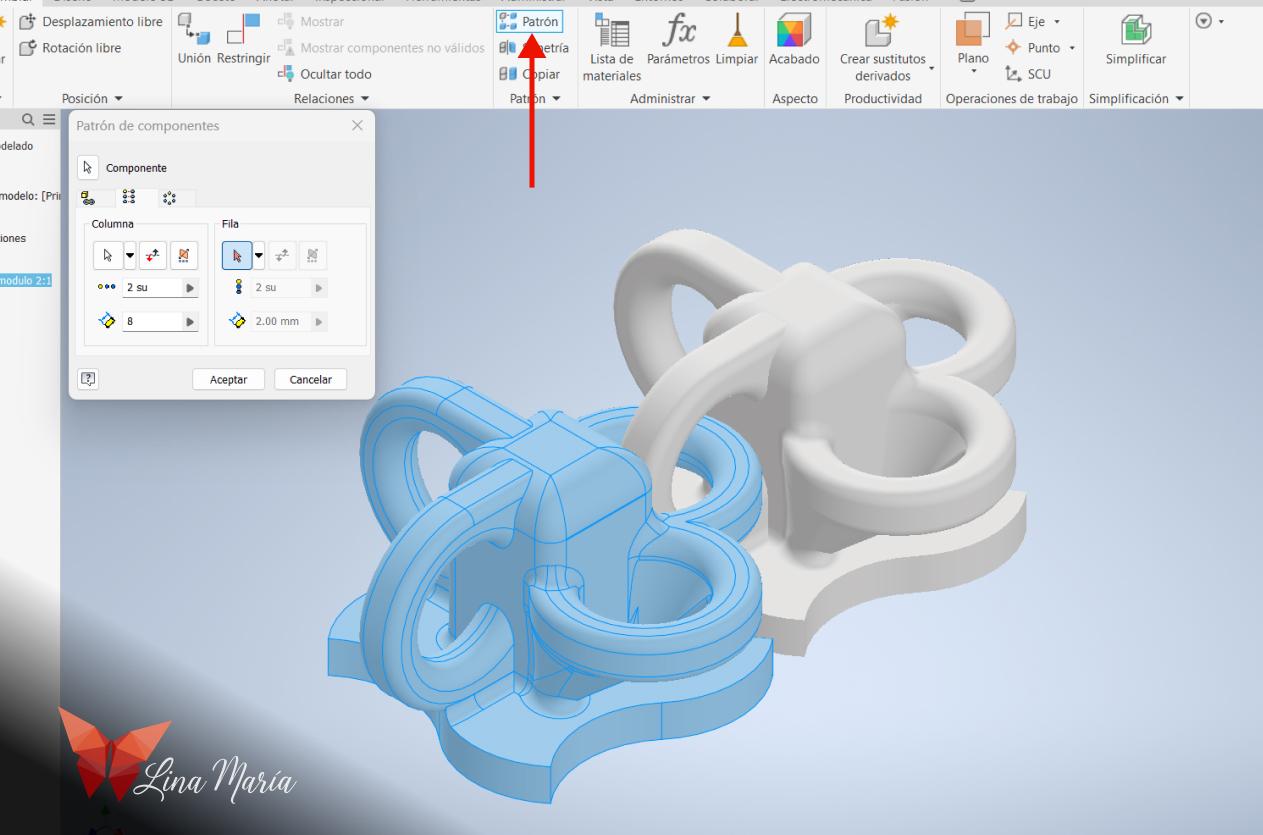
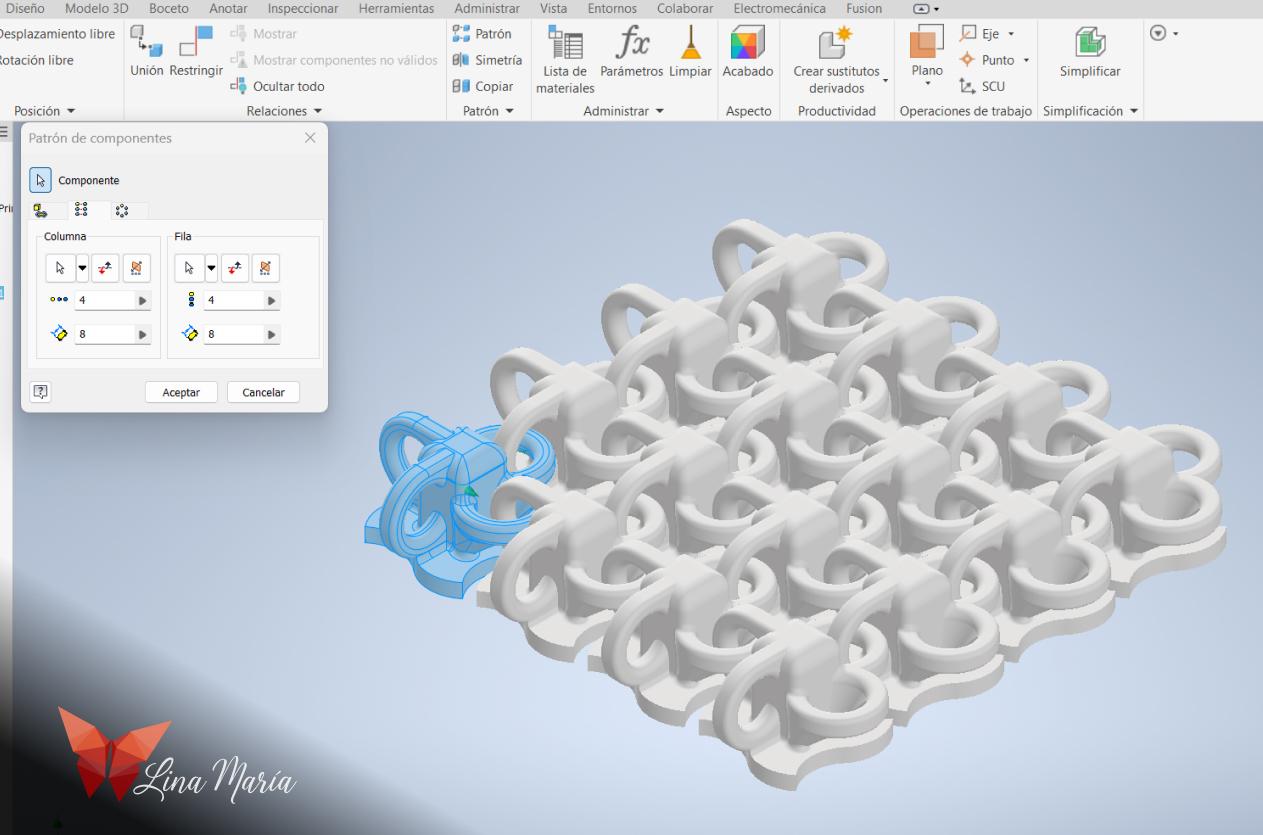
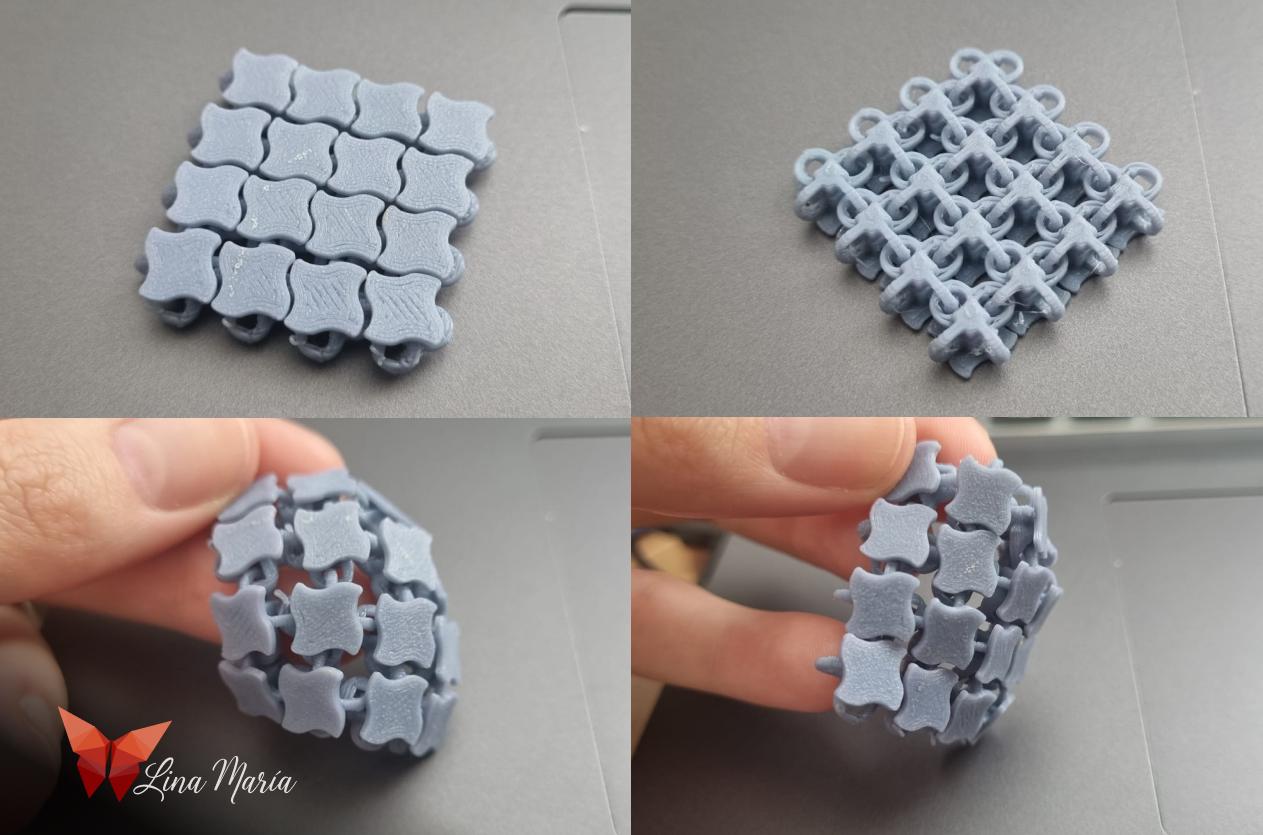
In this step, I opened a new assembly-type file to create the pattern. I inserted the module I had designed and used the pattern option to repeat this module in two directions, creating an orthogonal grid. I first did a test, leaving it as 4 x 4, and printed it to see if it behaved the way I expected.
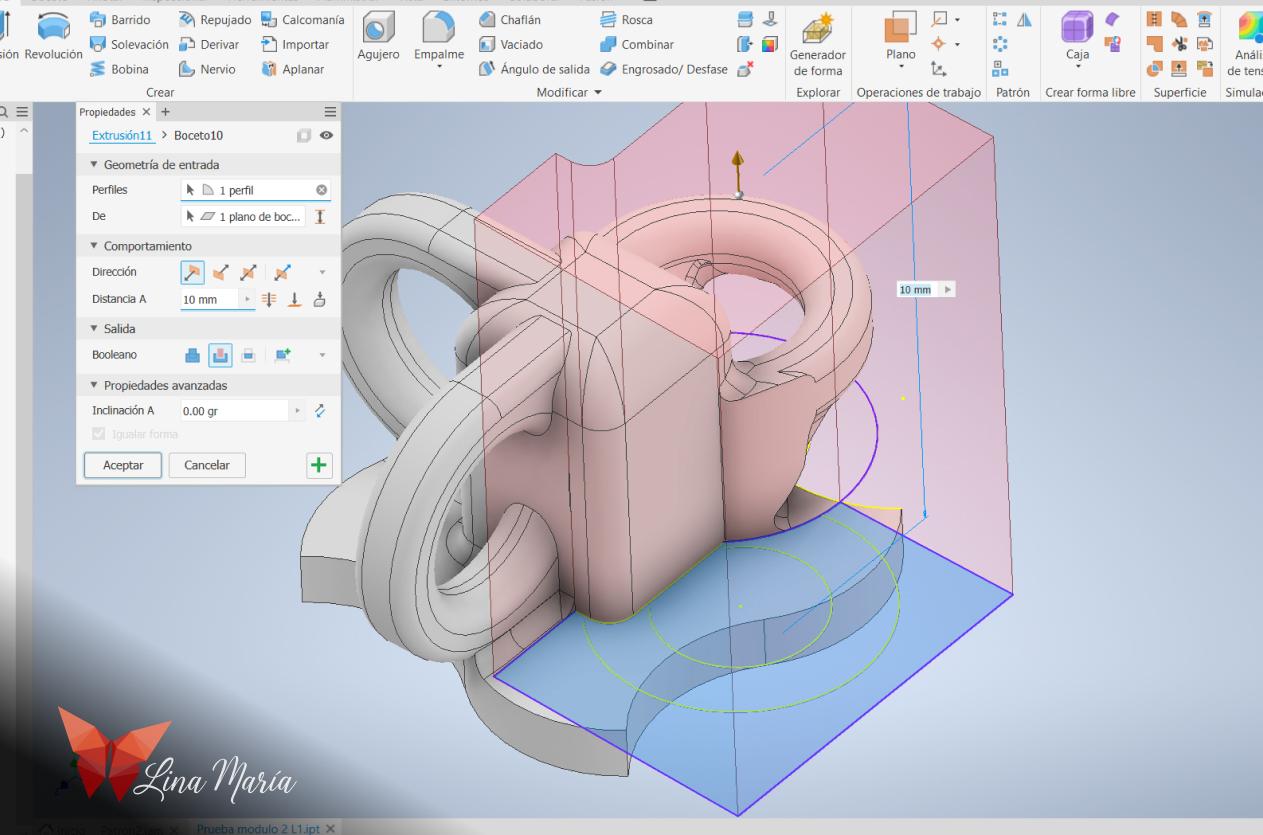
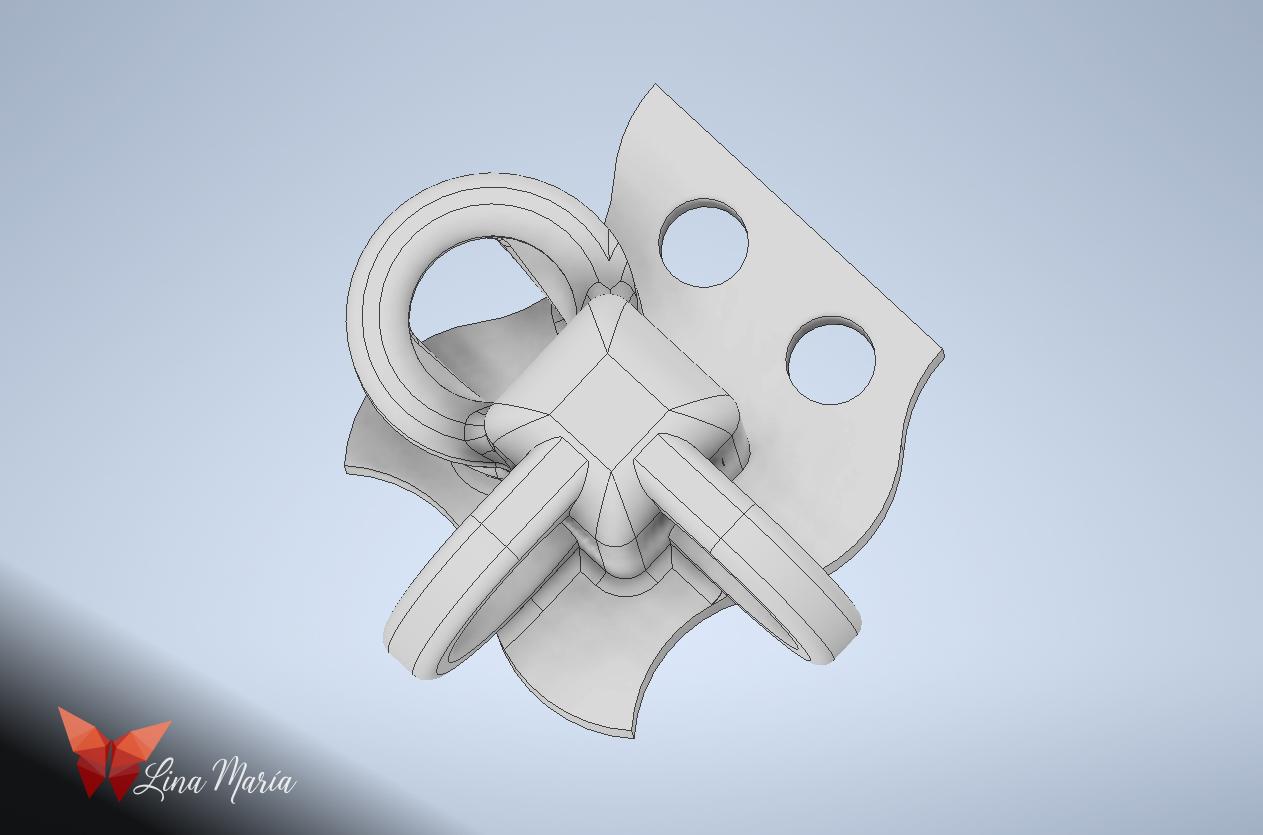
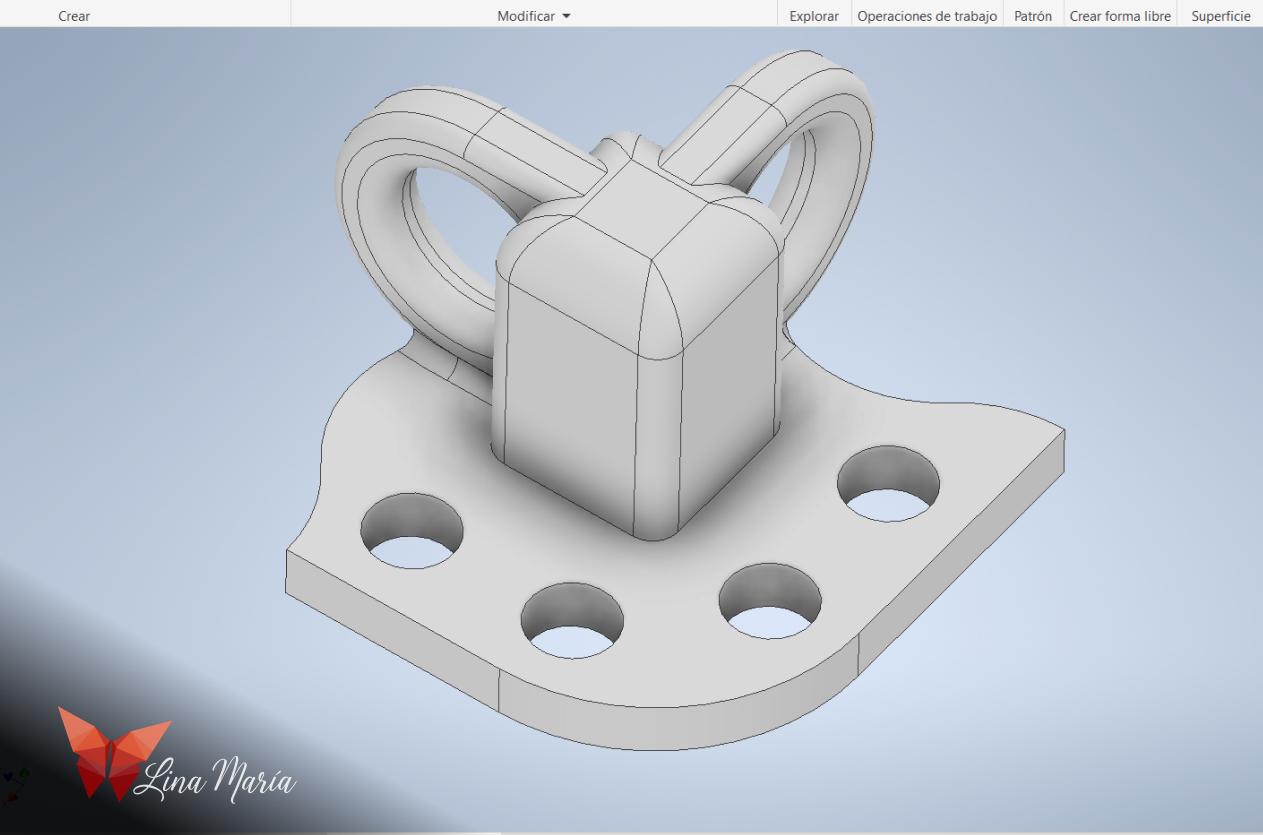
I had to create 8 new copies of the original module file. The reason for this was to make a change in each copy: 4 of them with one side having an additional flat part with two holes, and the other 4 to serve as the corners, with two flat sides and 4 holes. This was done so that the edges of the complete pattern would allow for sewing a zipper.
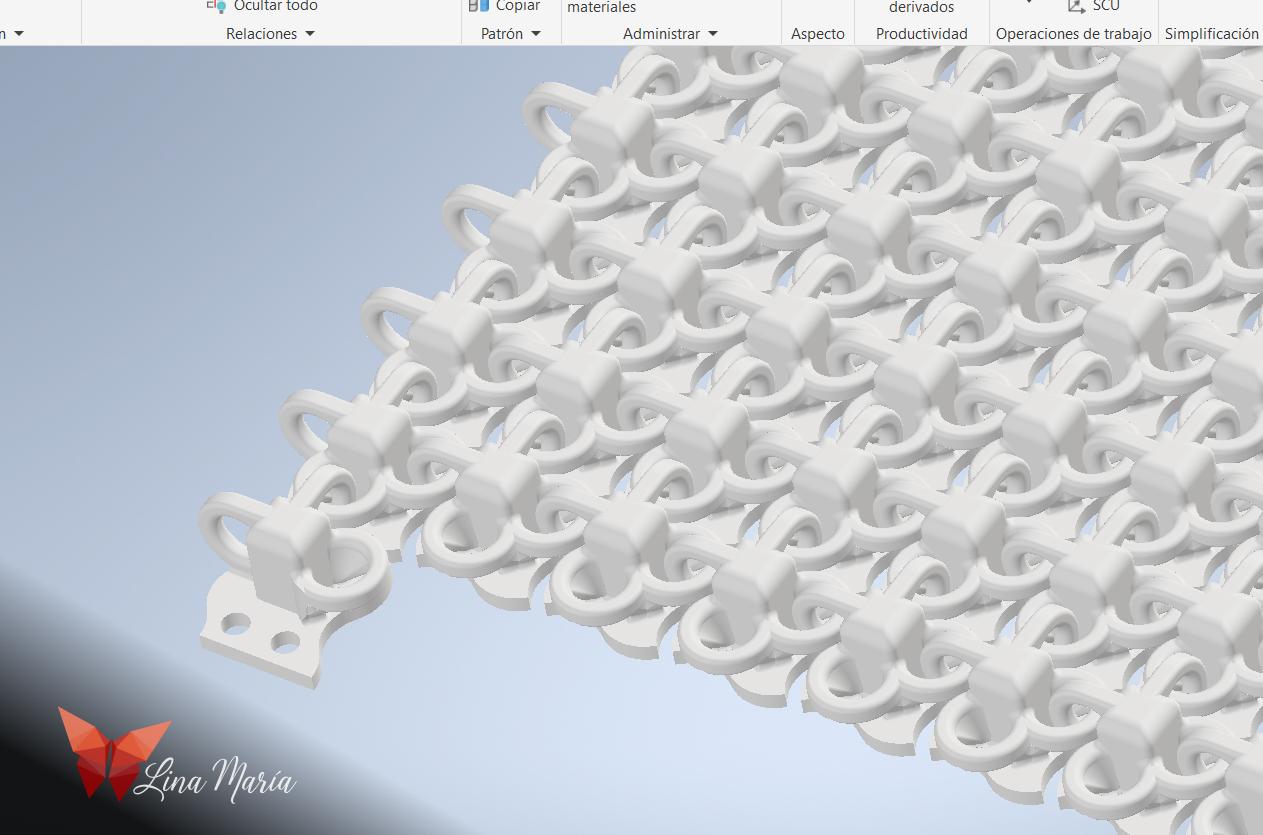
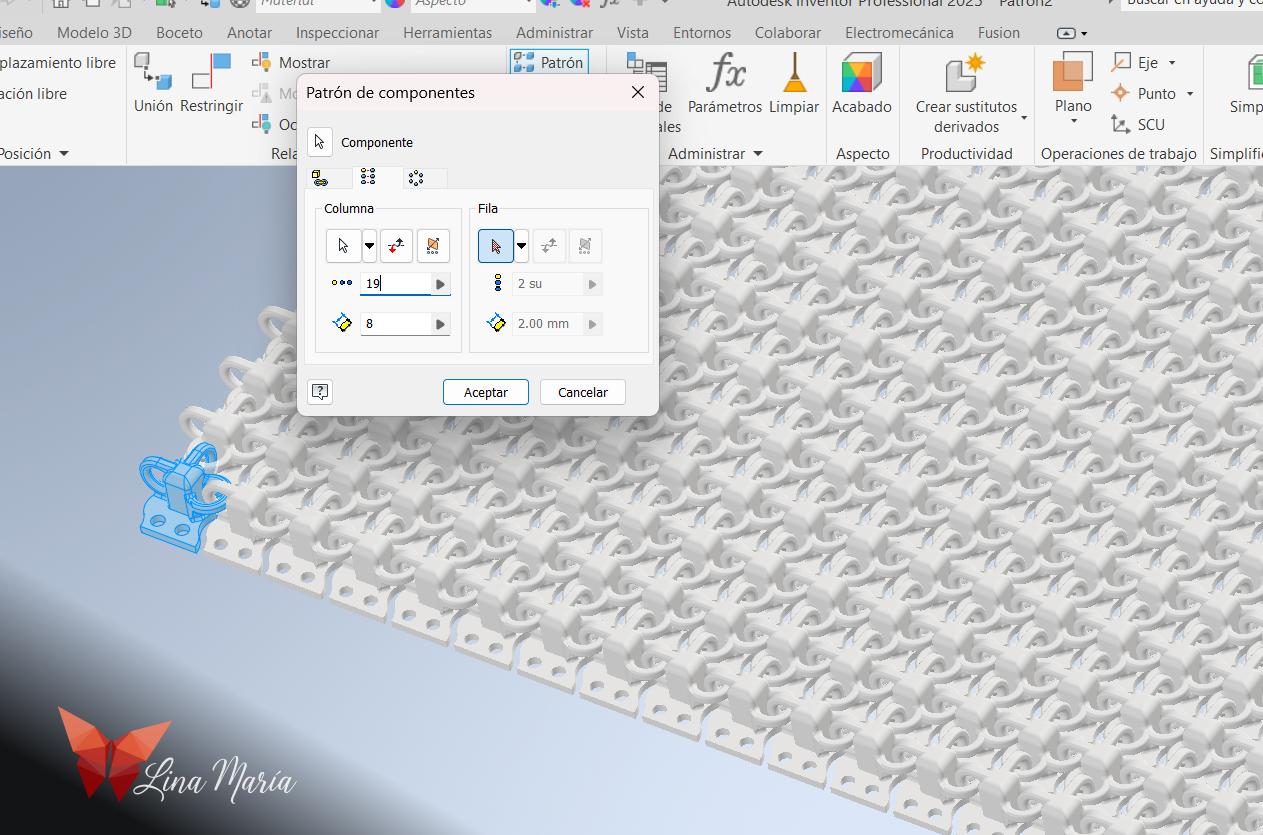
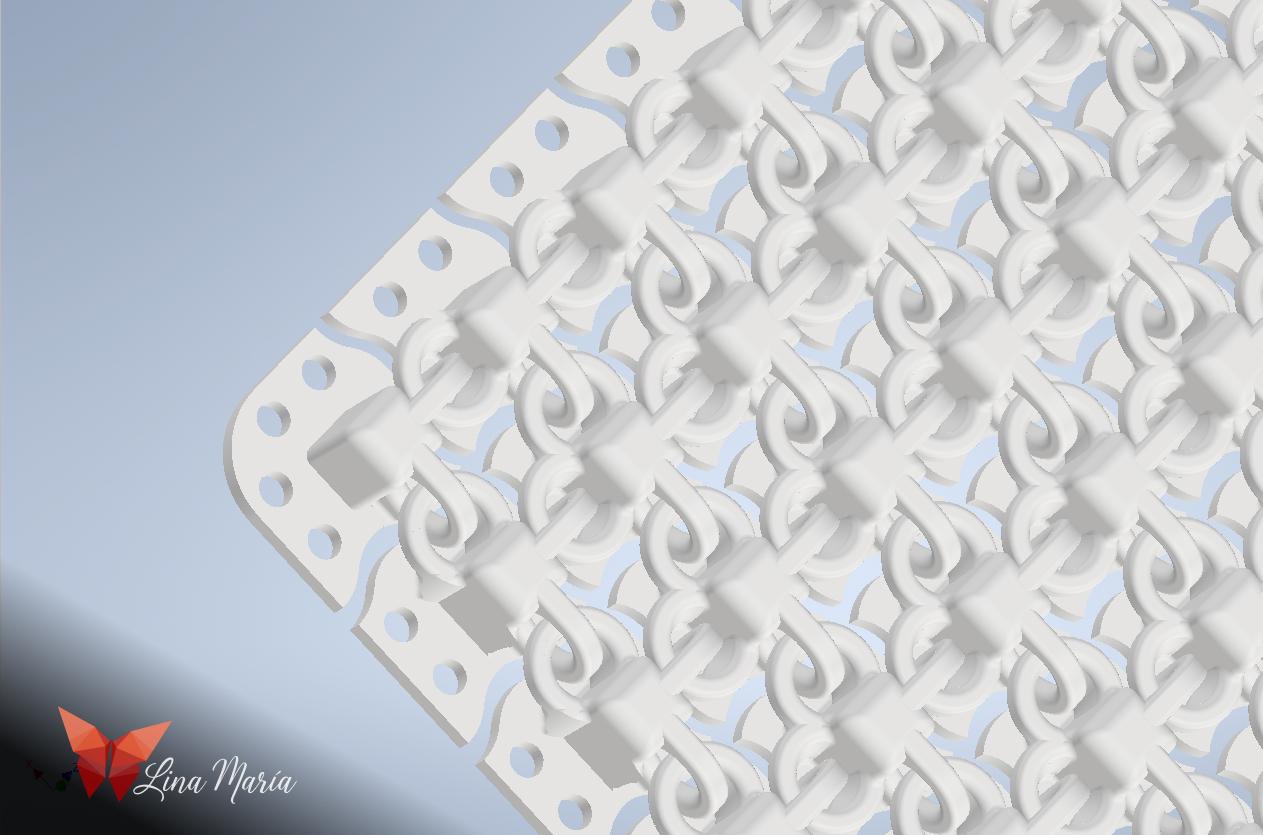
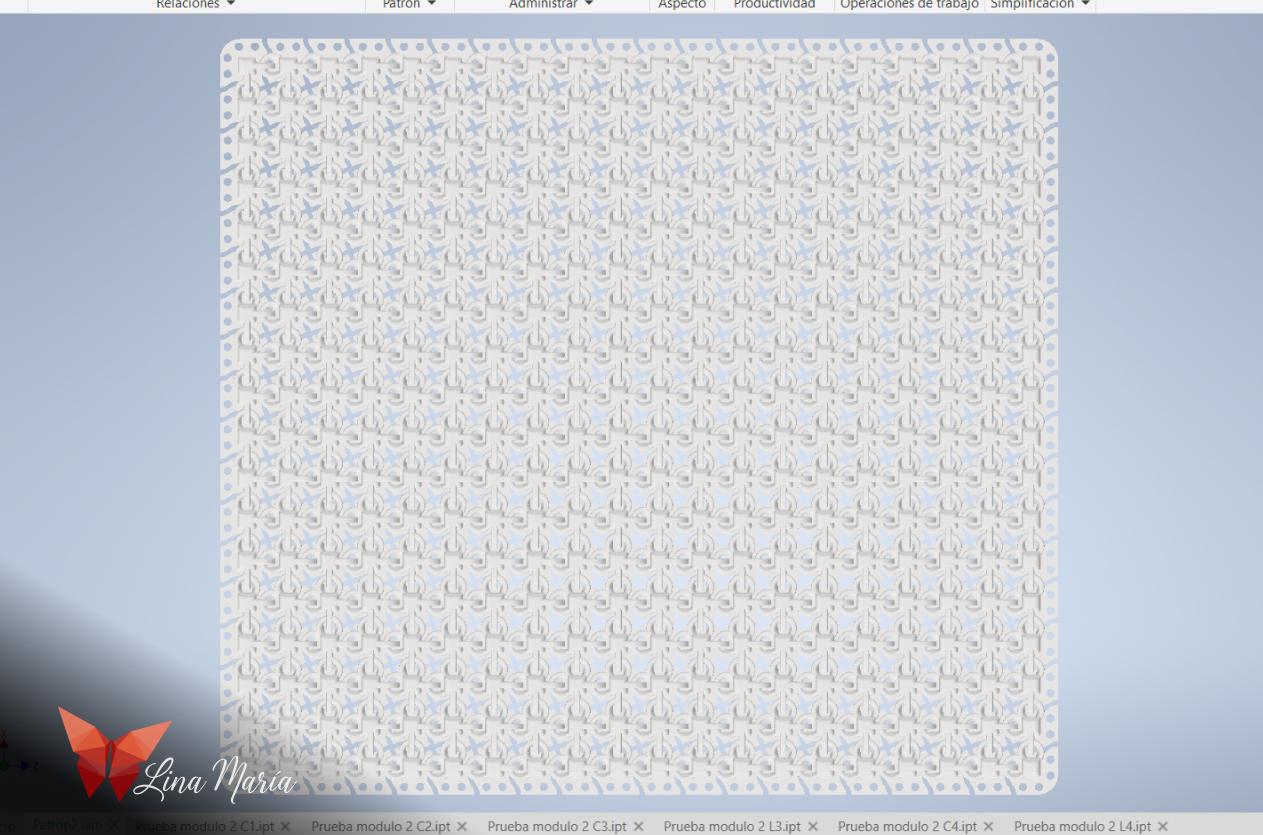
Then, I inserted these elements into the assembly file and, in turn, created patterns for the sides, this time choosing to have them go in a single direction to complete each side.
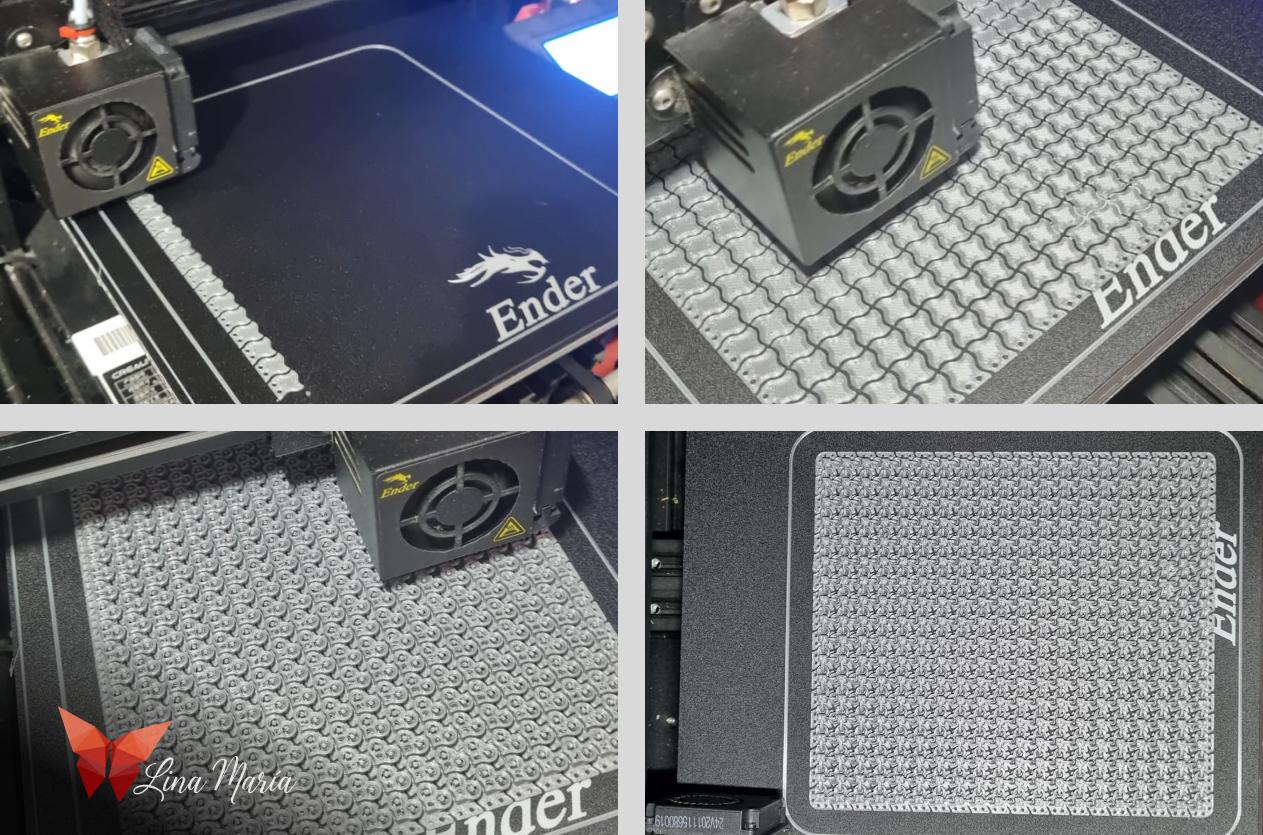
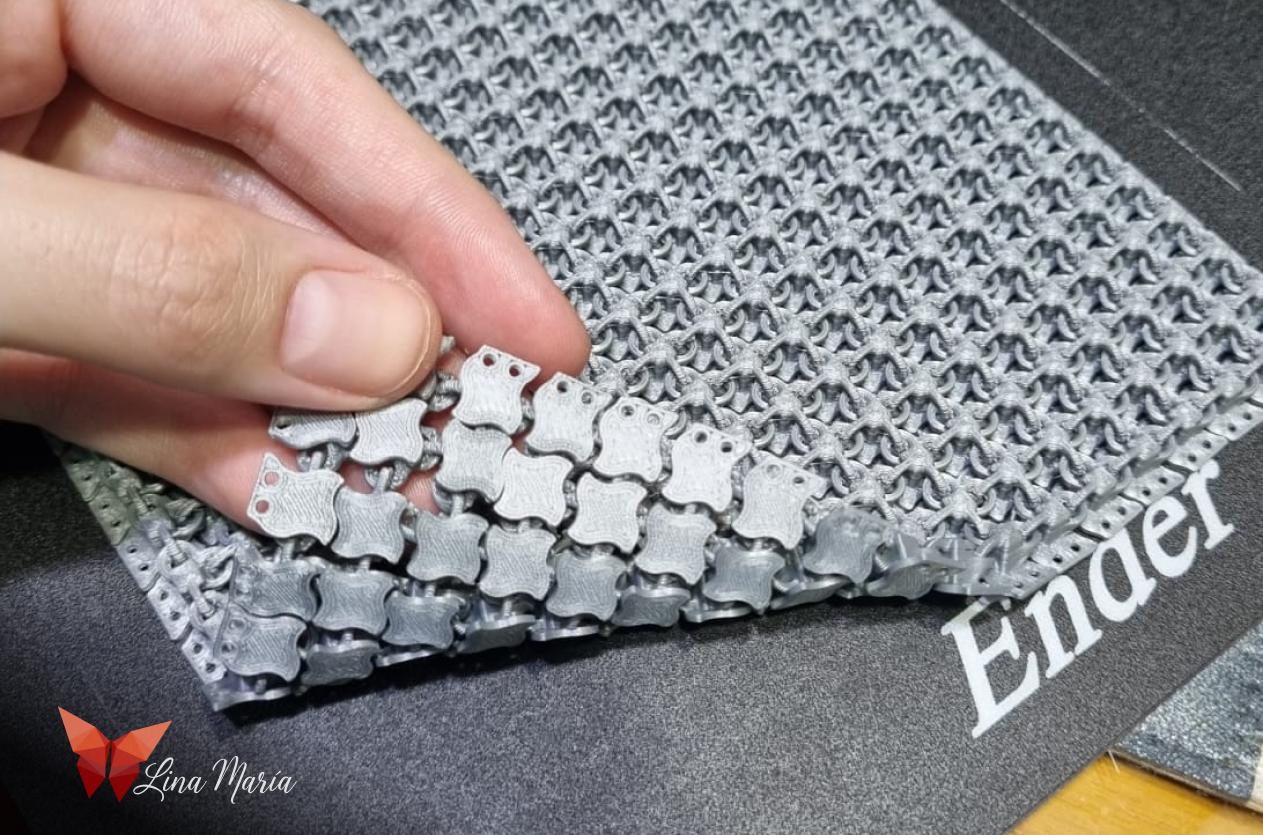
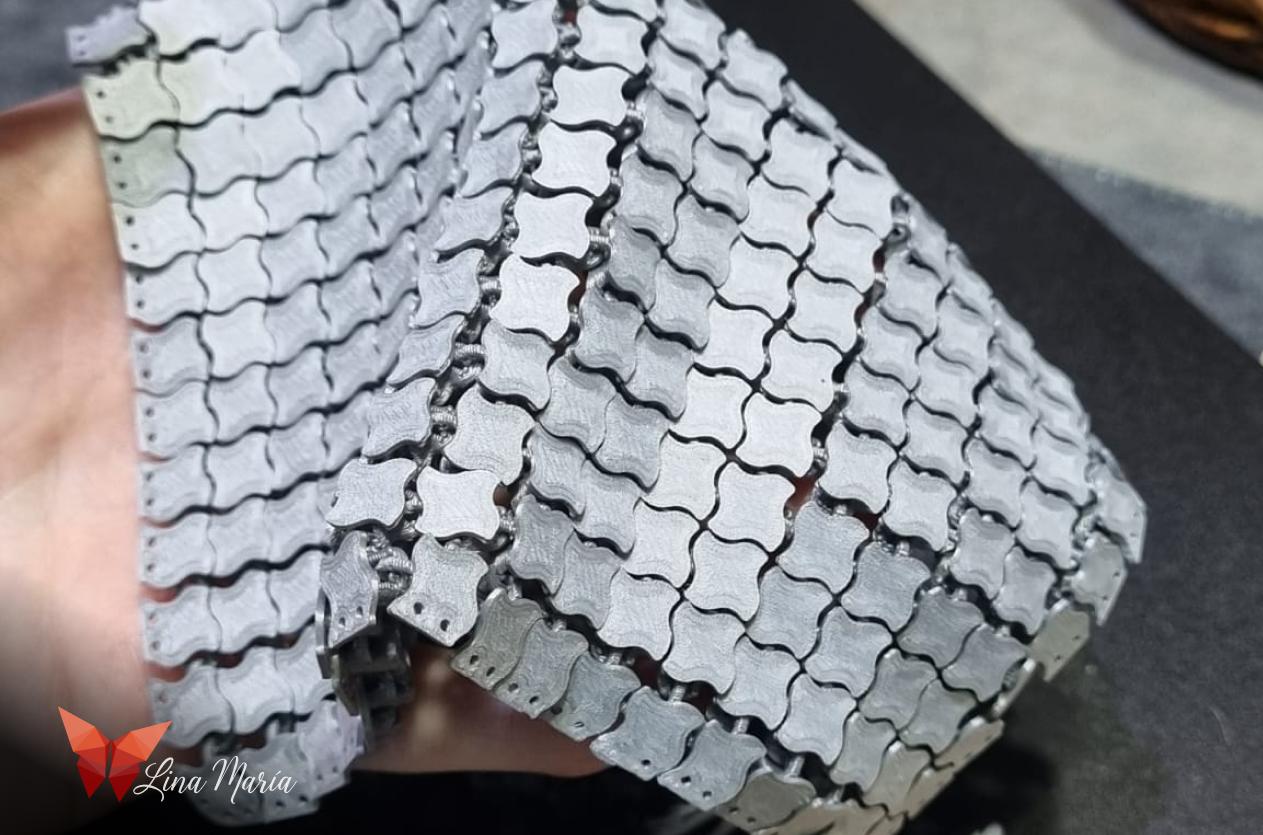
Time to print! The entire process took my printer 20 hours, but the result was absolutely worth it! :)
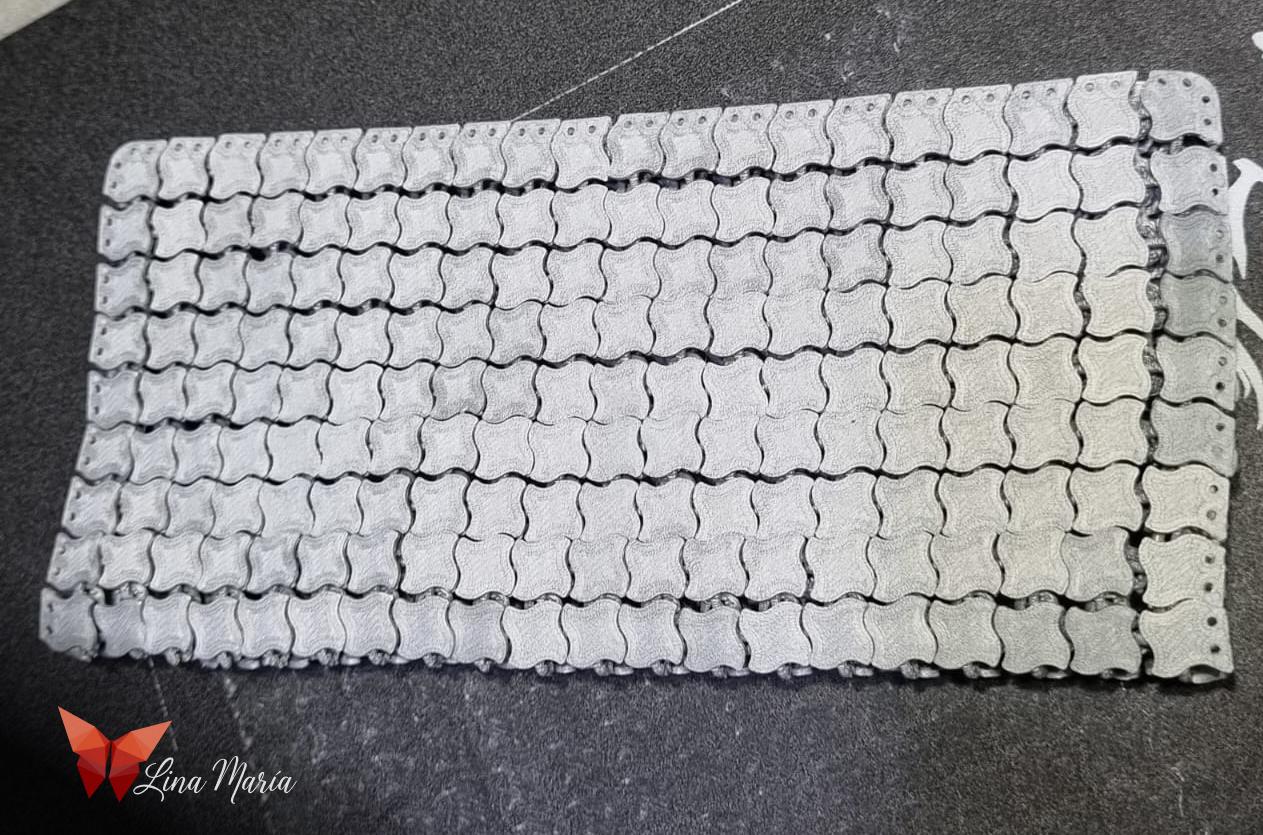
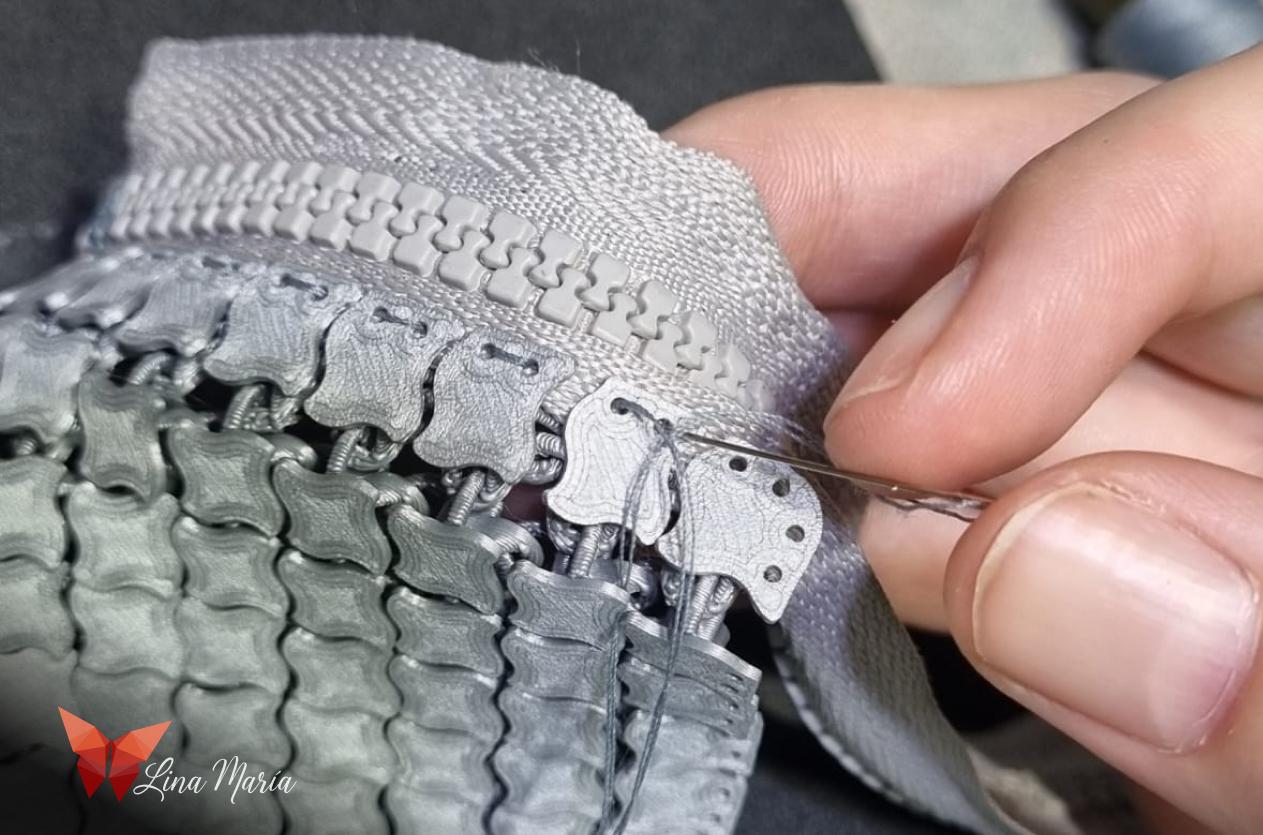
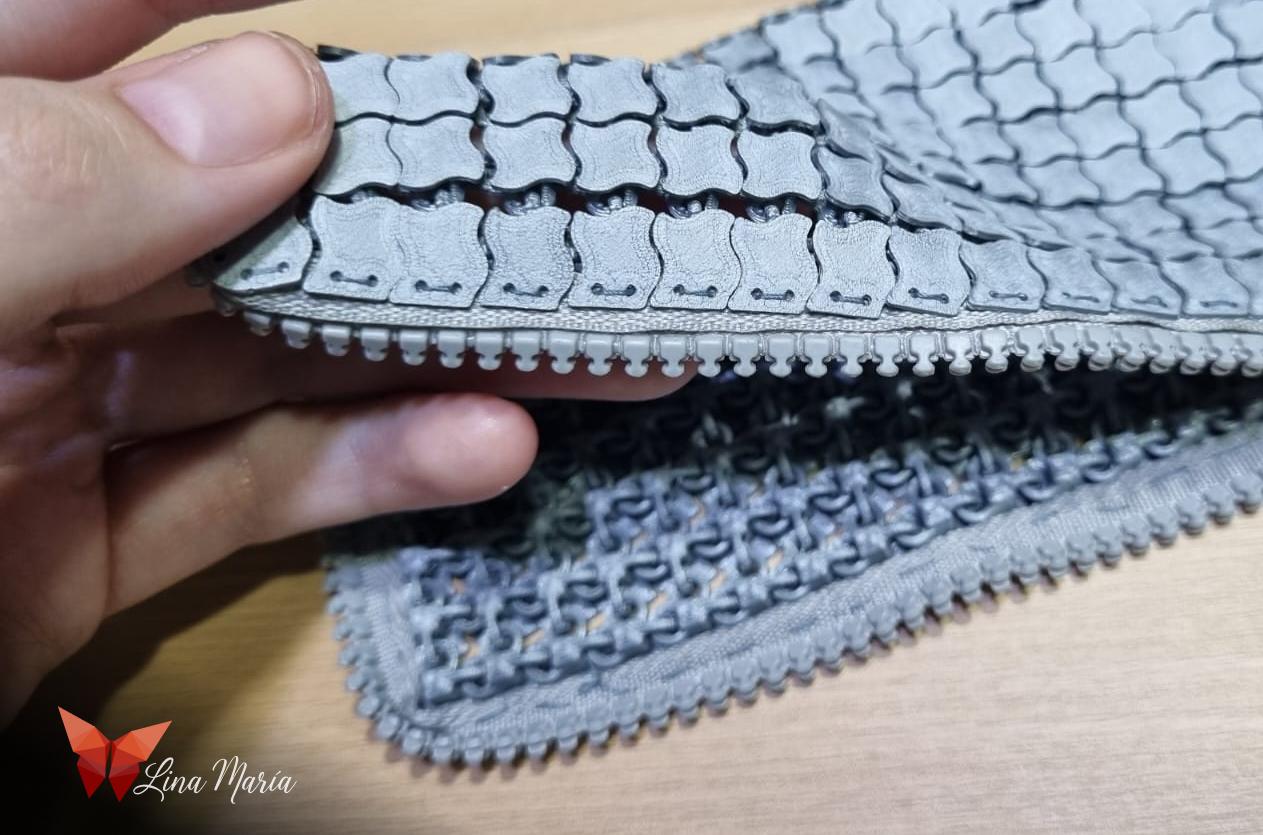
Next, it was time to sew the zipper along the entire edge. To do this, I first folded the chainmail in half and then began stitching it in place.
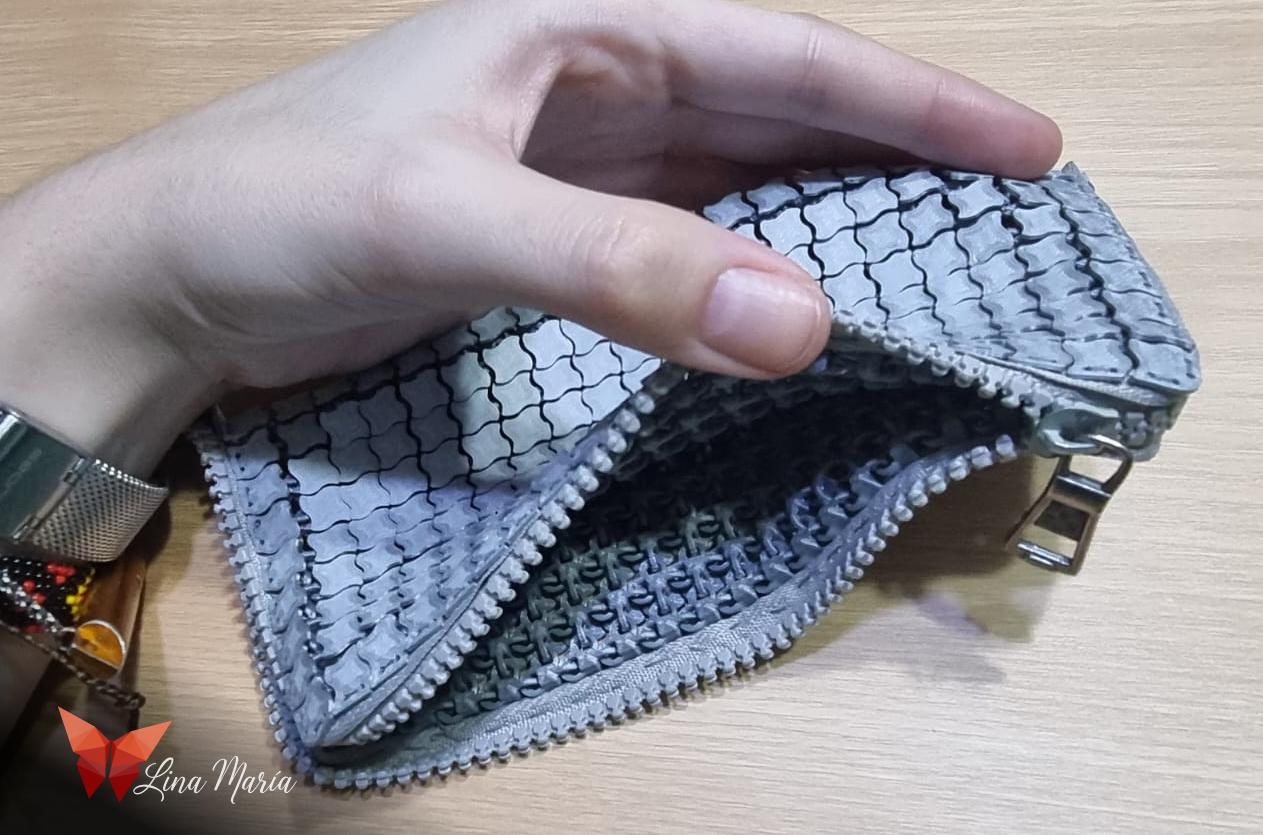
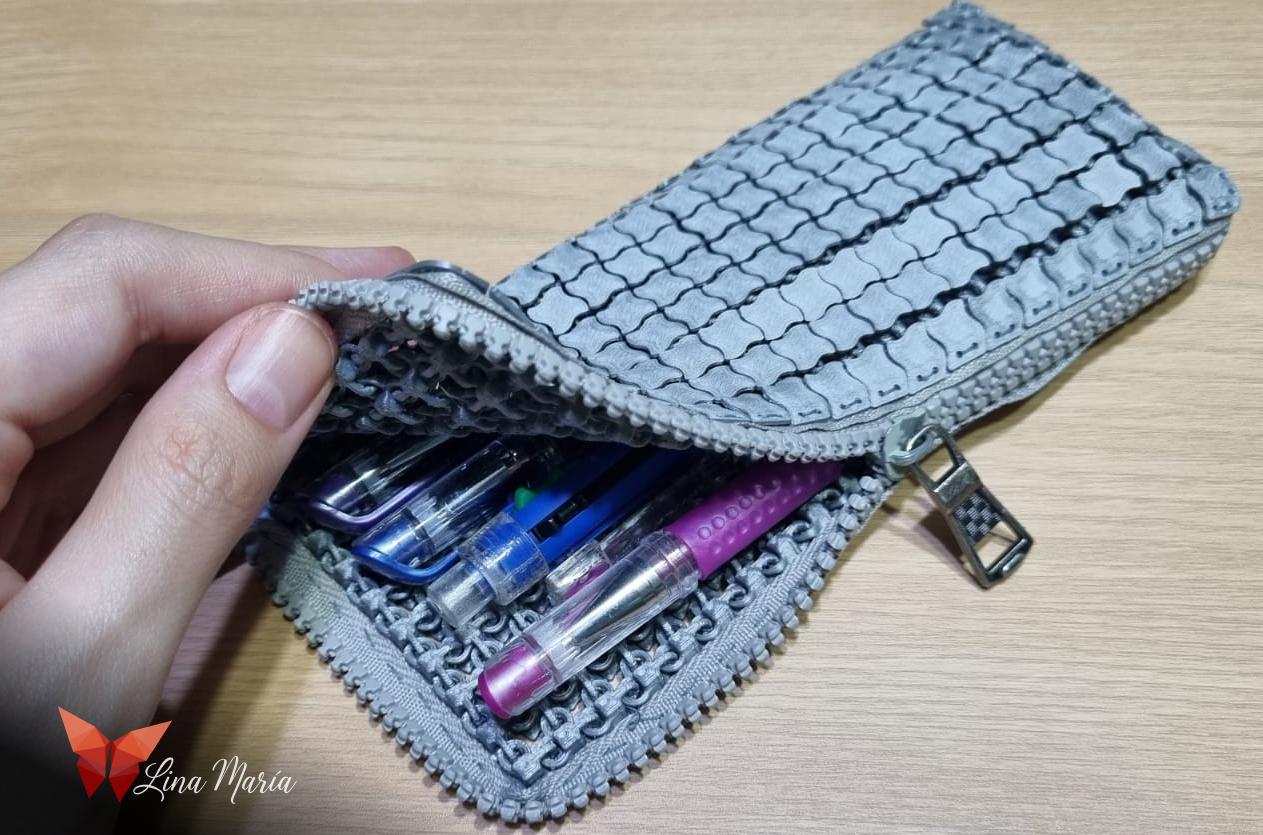
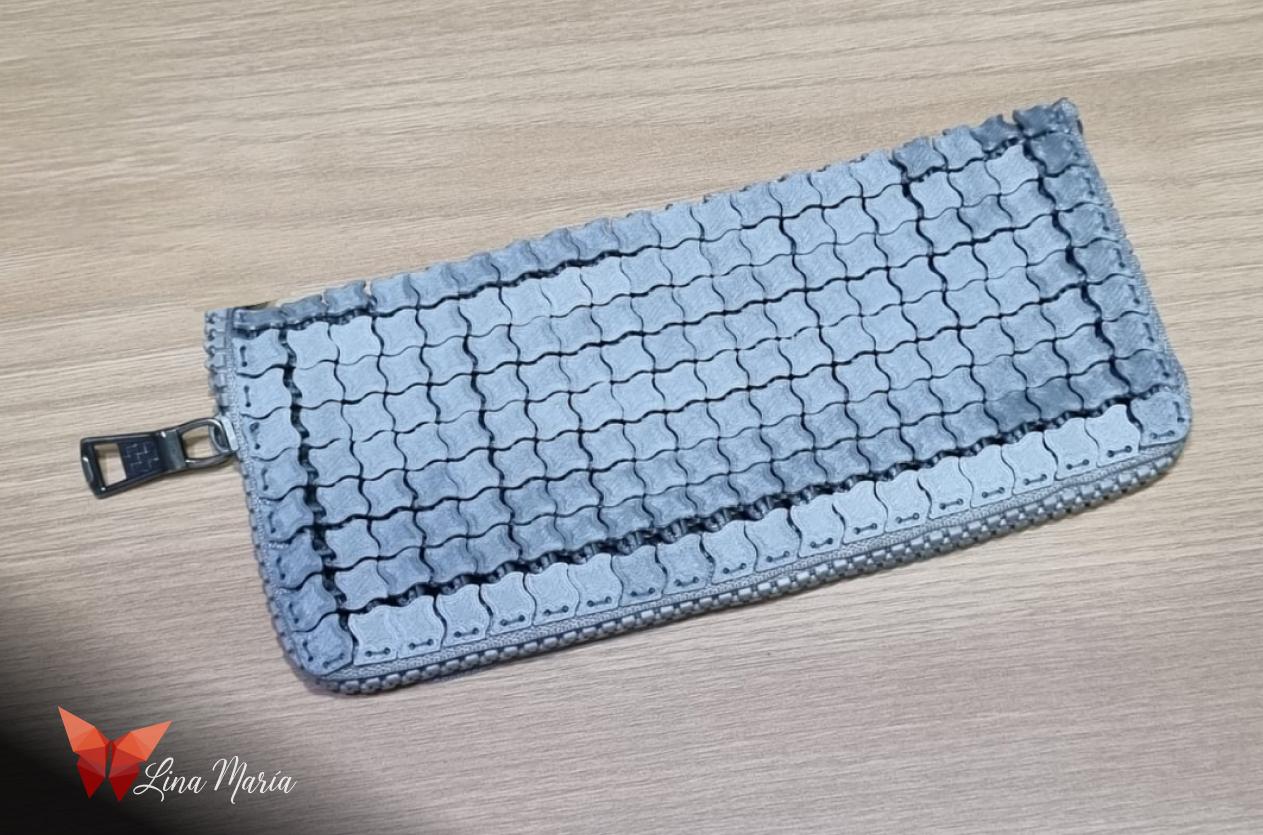
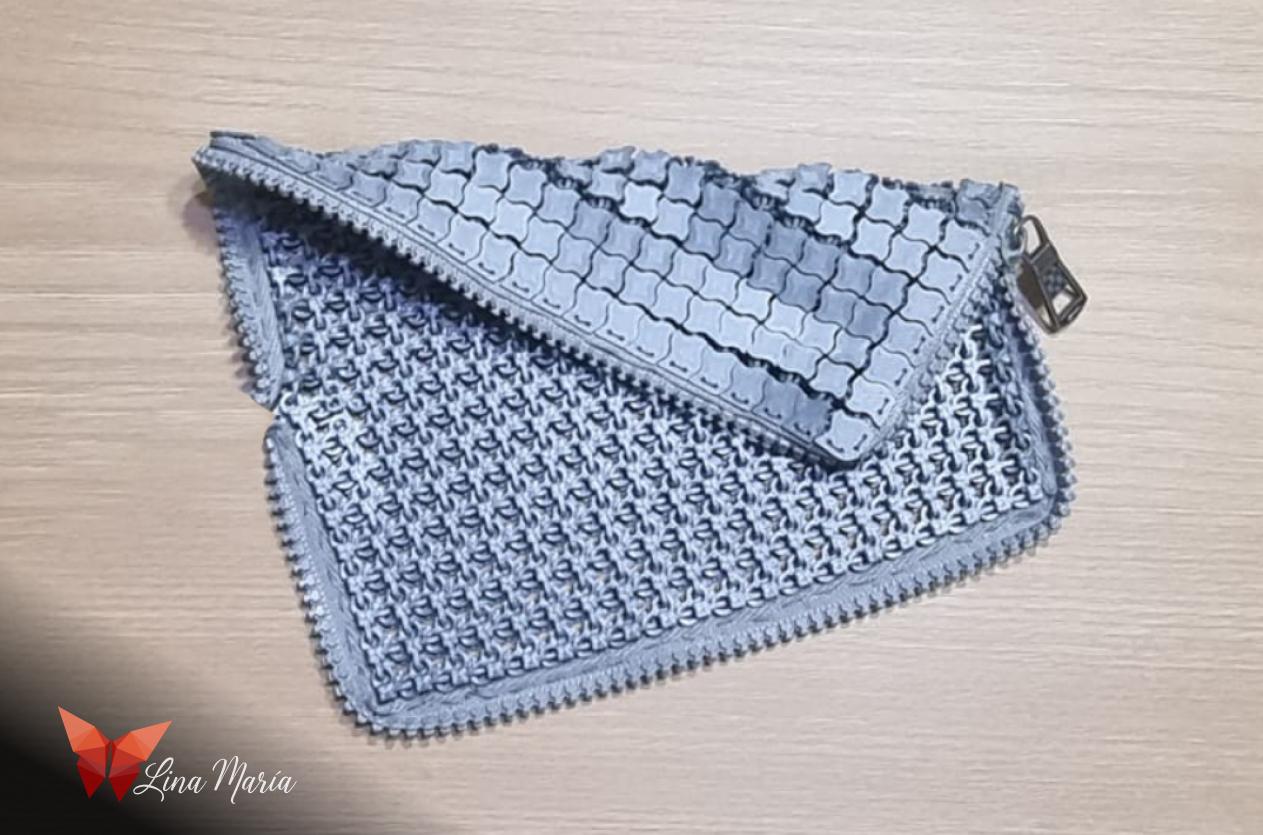
Finally, it's time to use it! I hope you enjoyed this Instructable and that it inspires you to create your own 3D-printed chainmail designs.